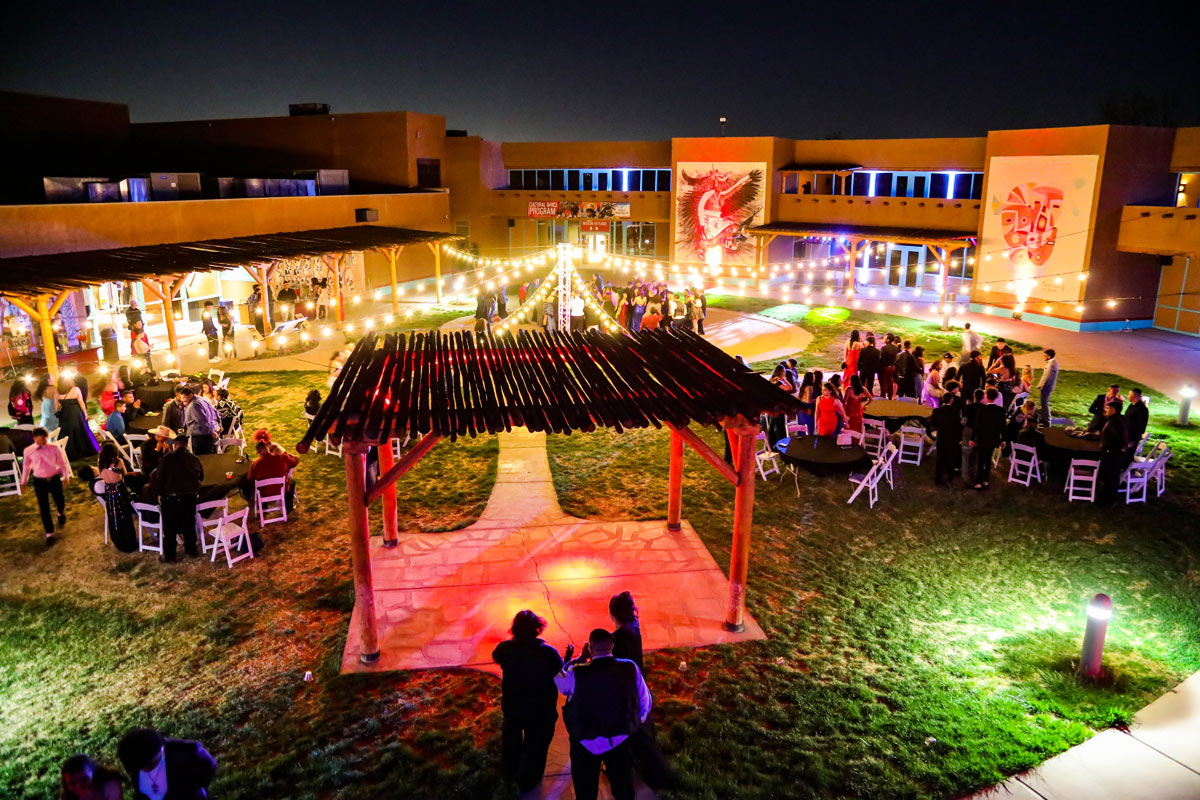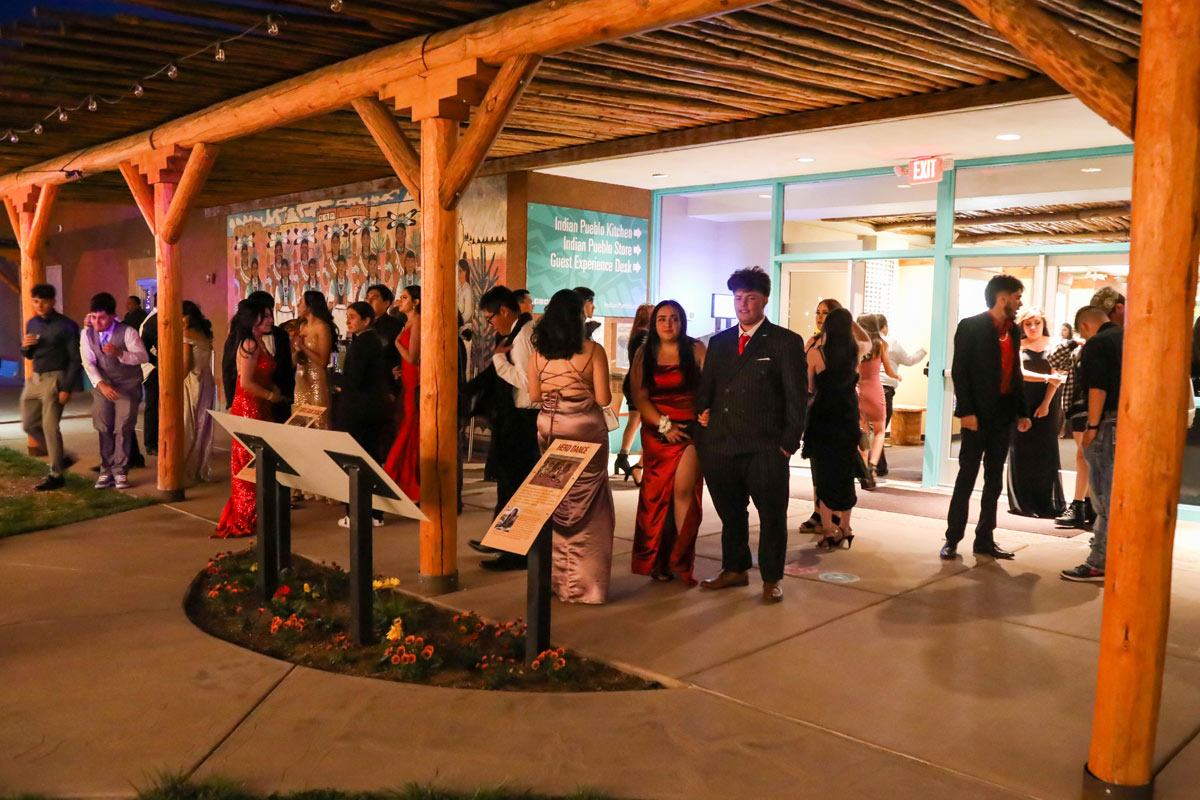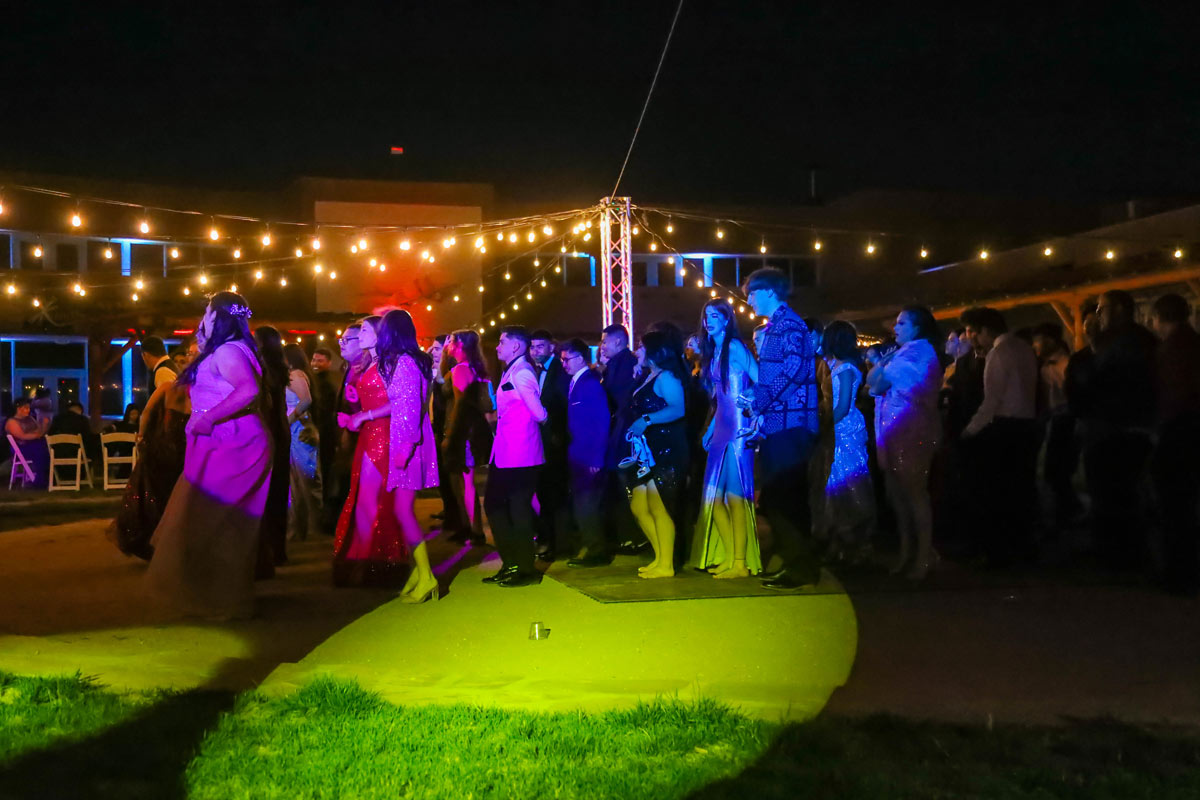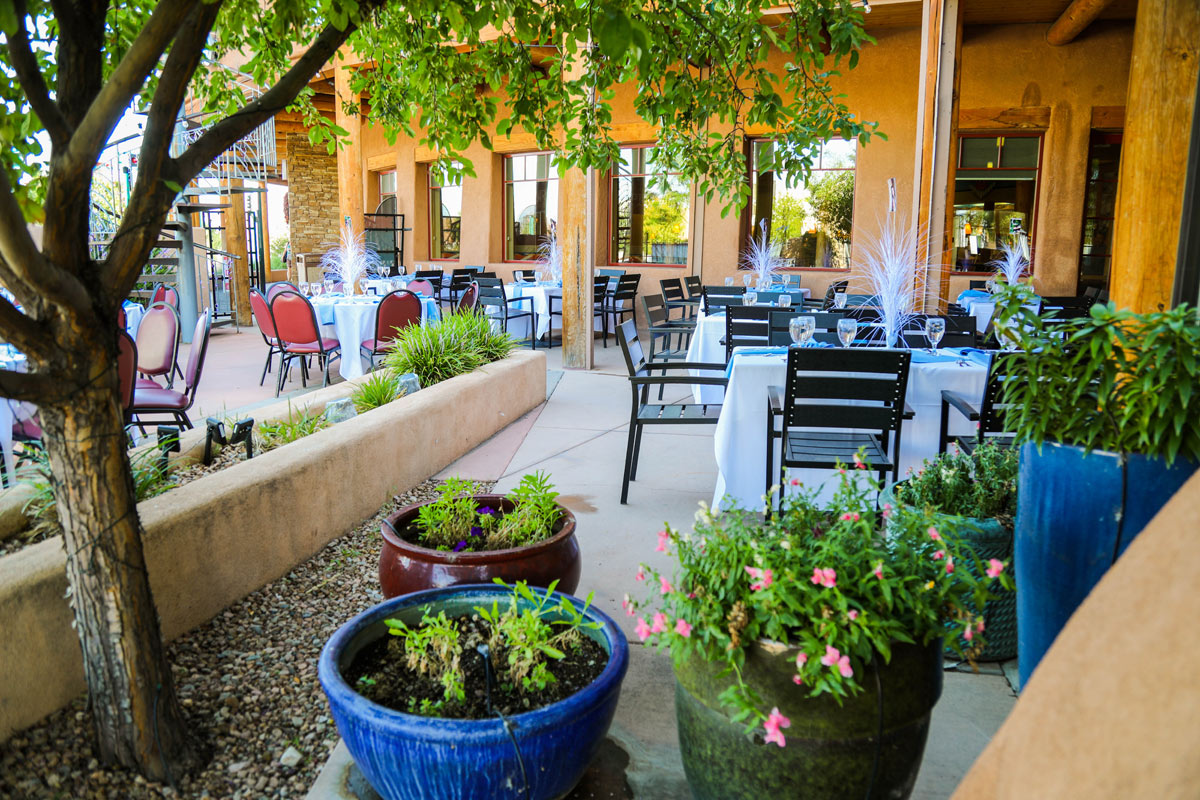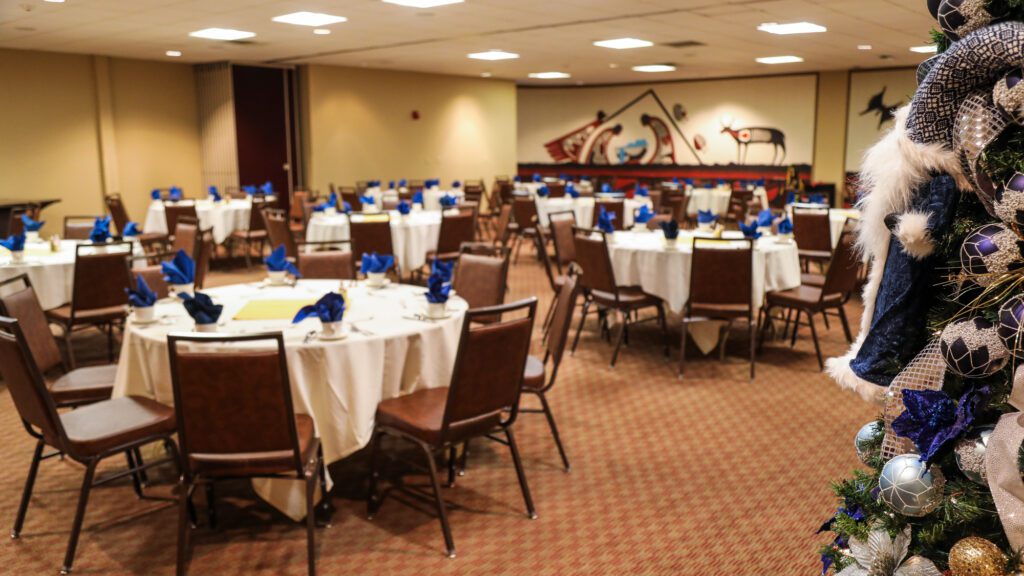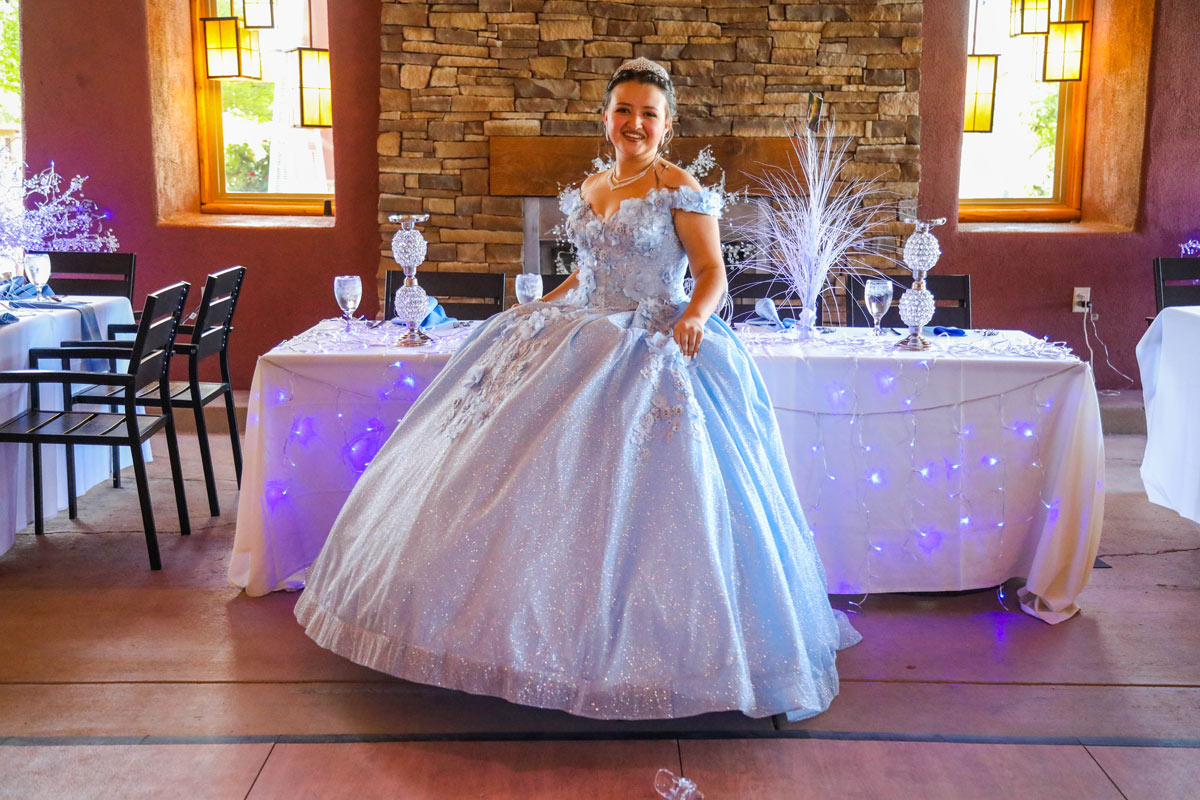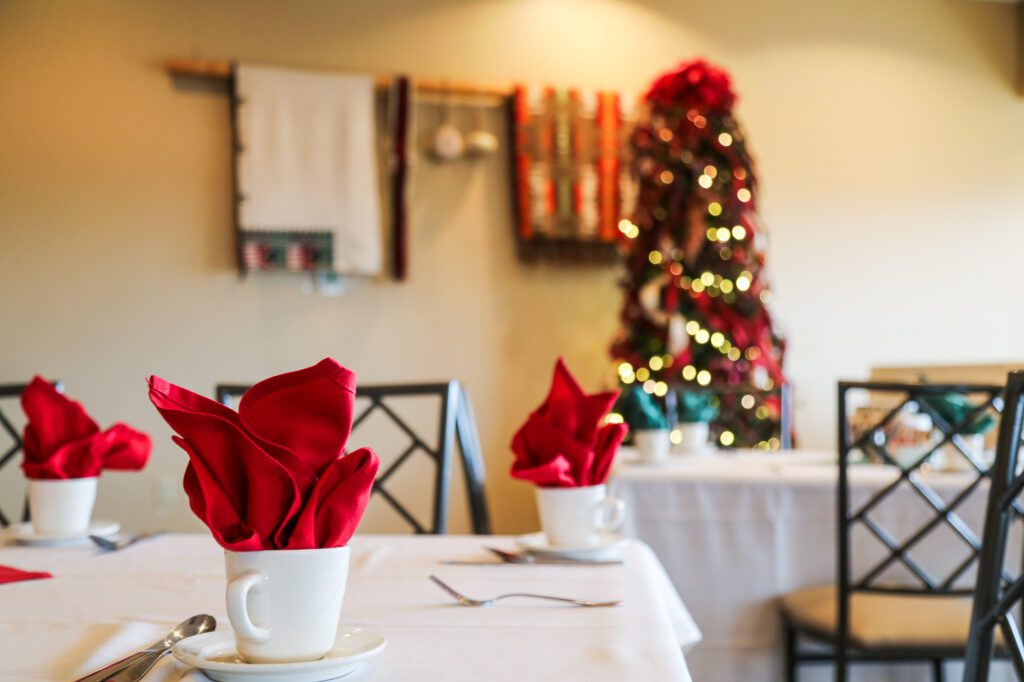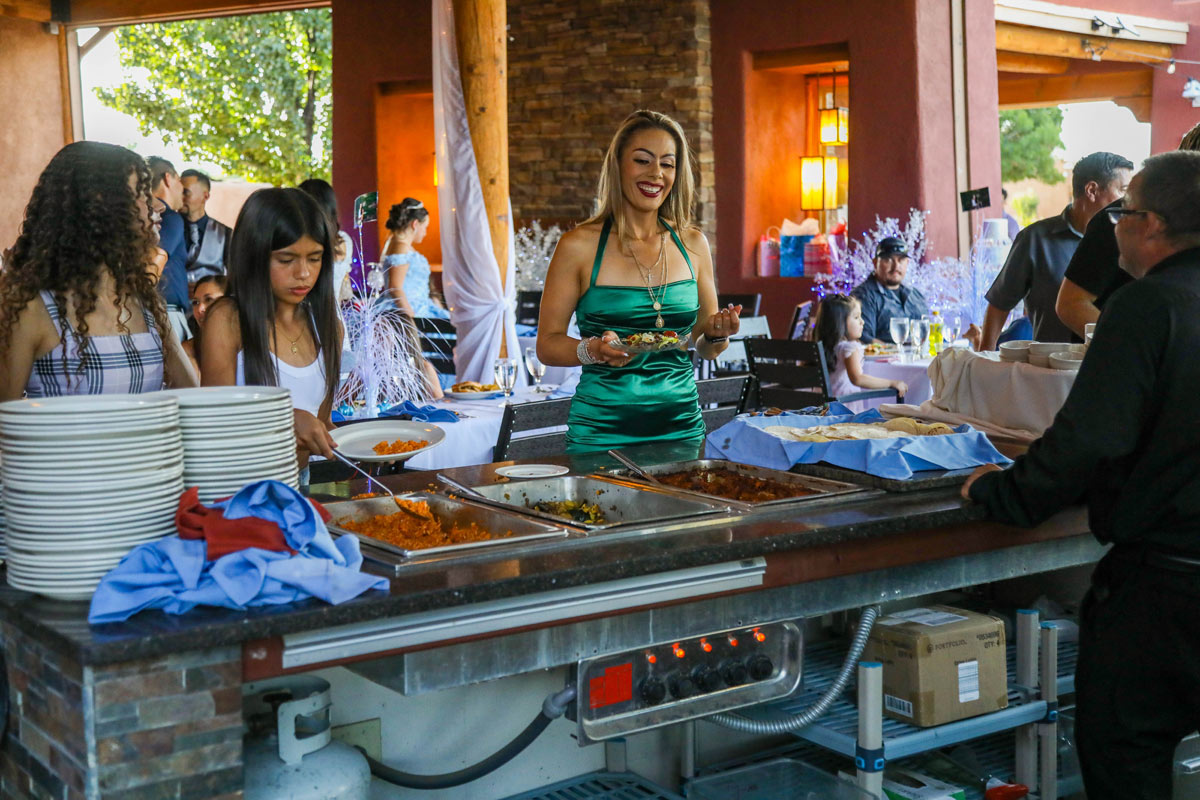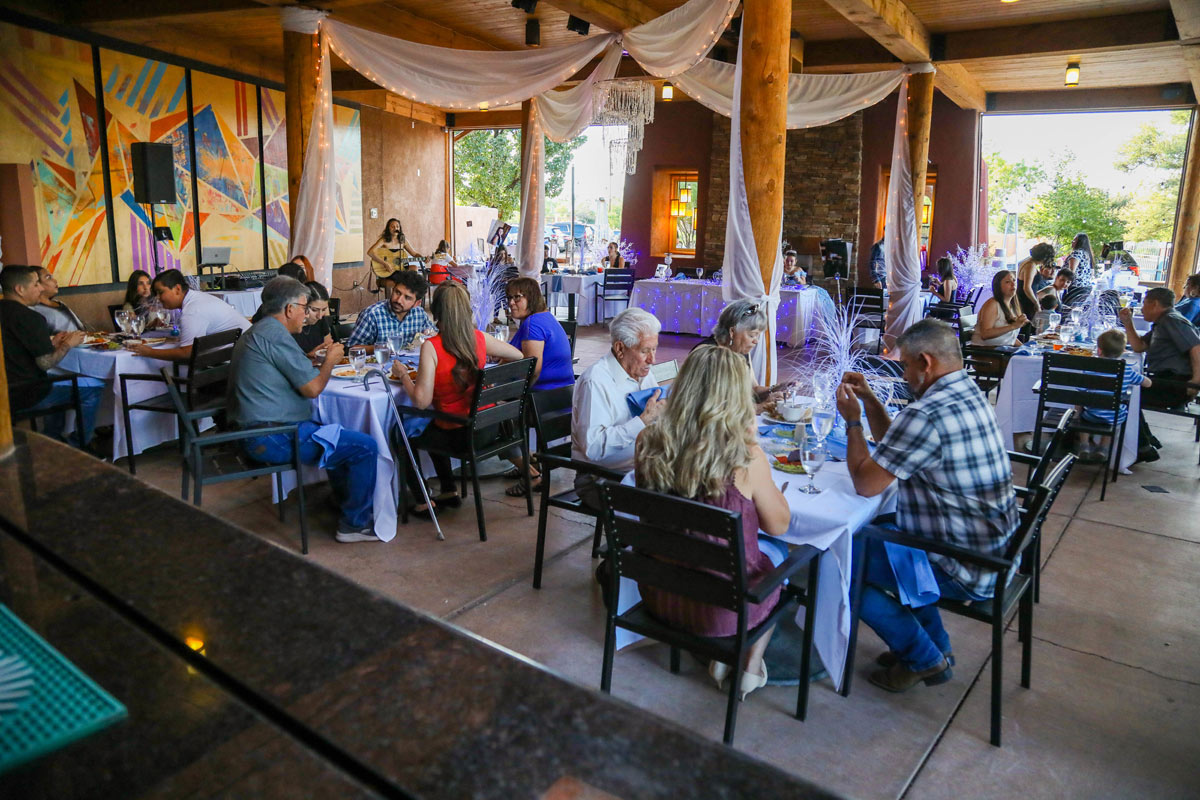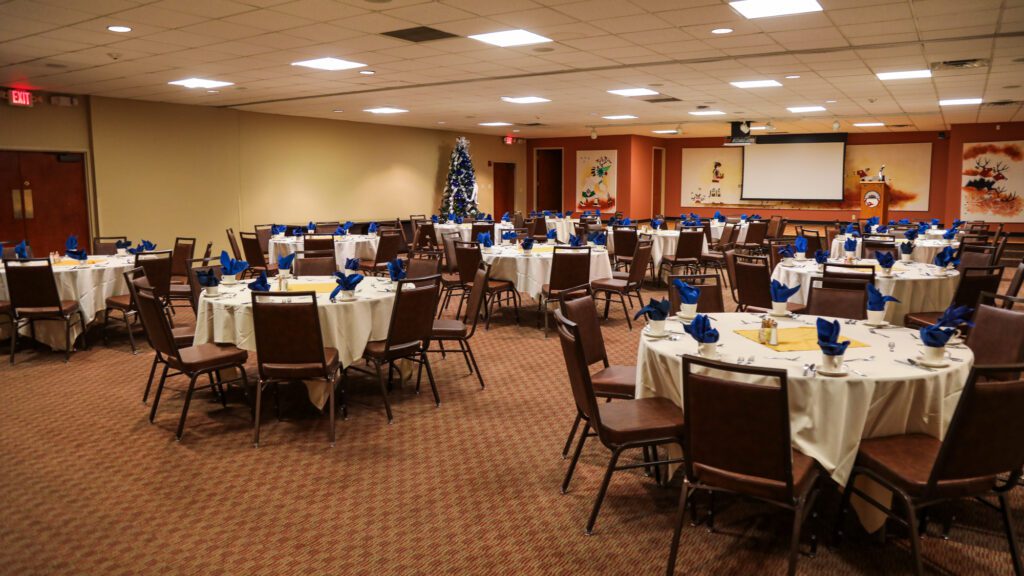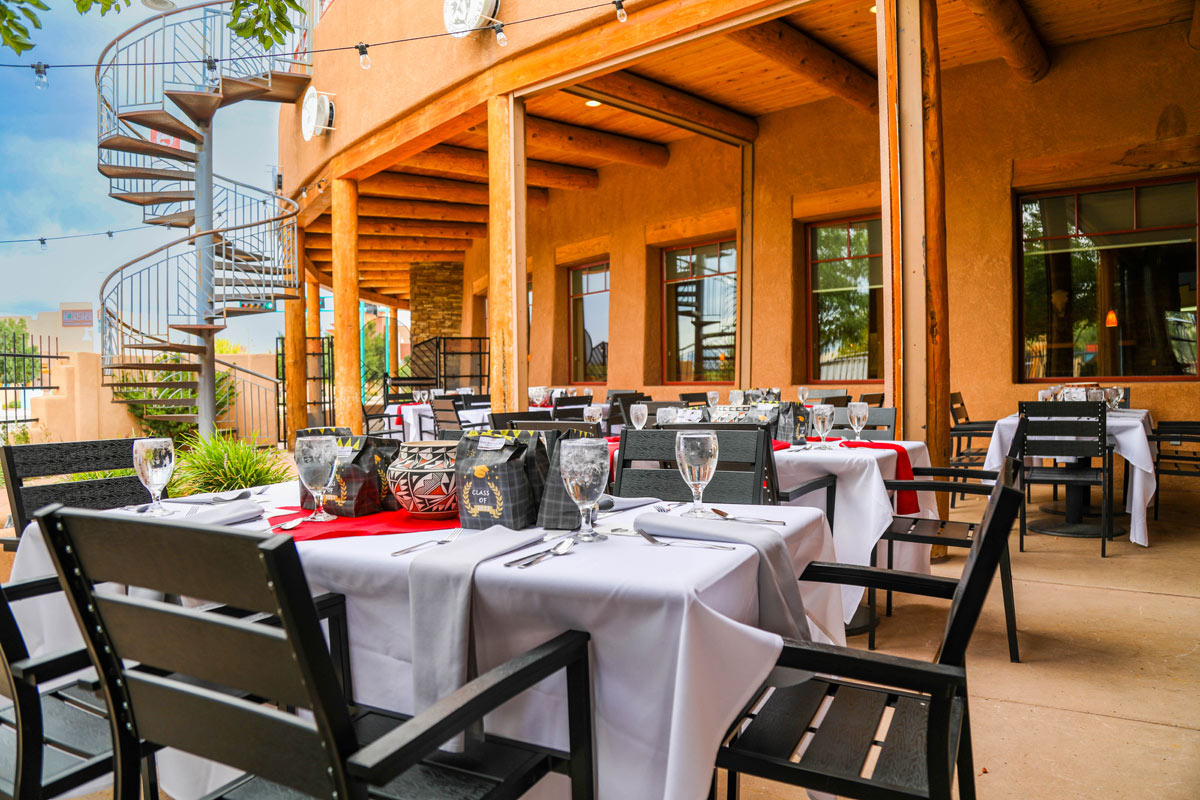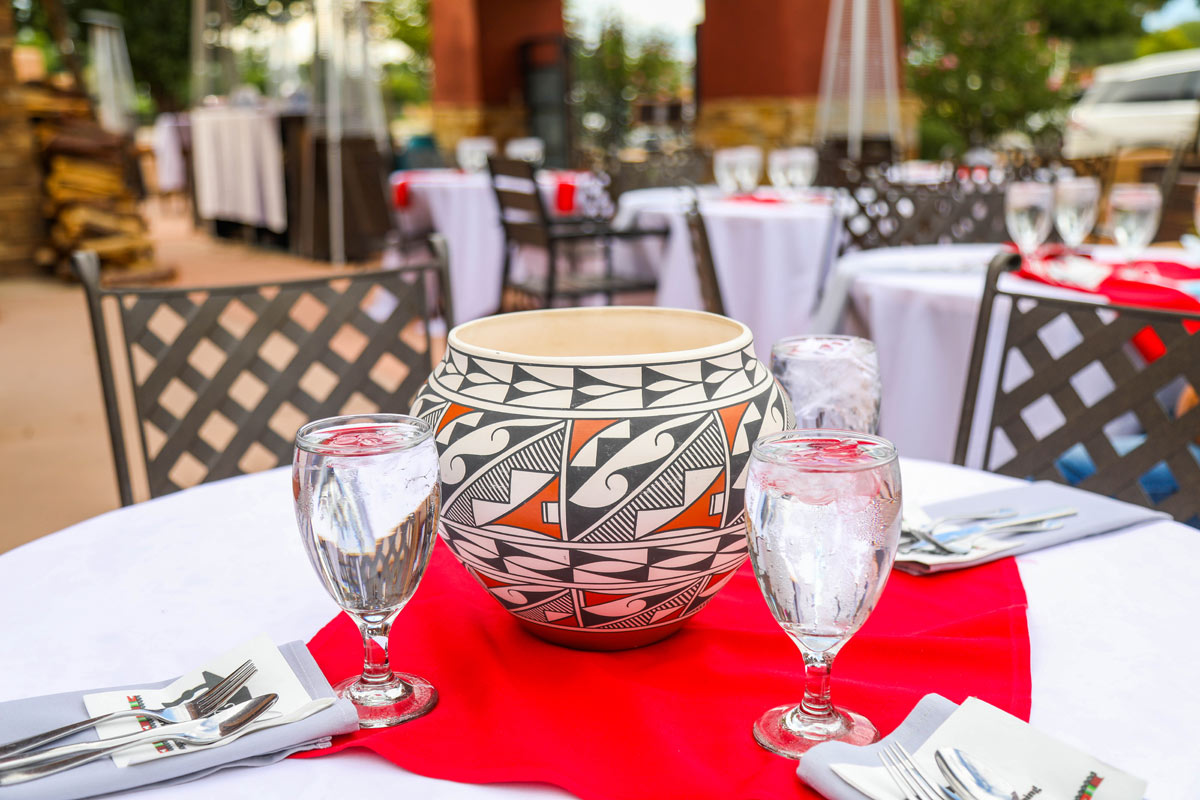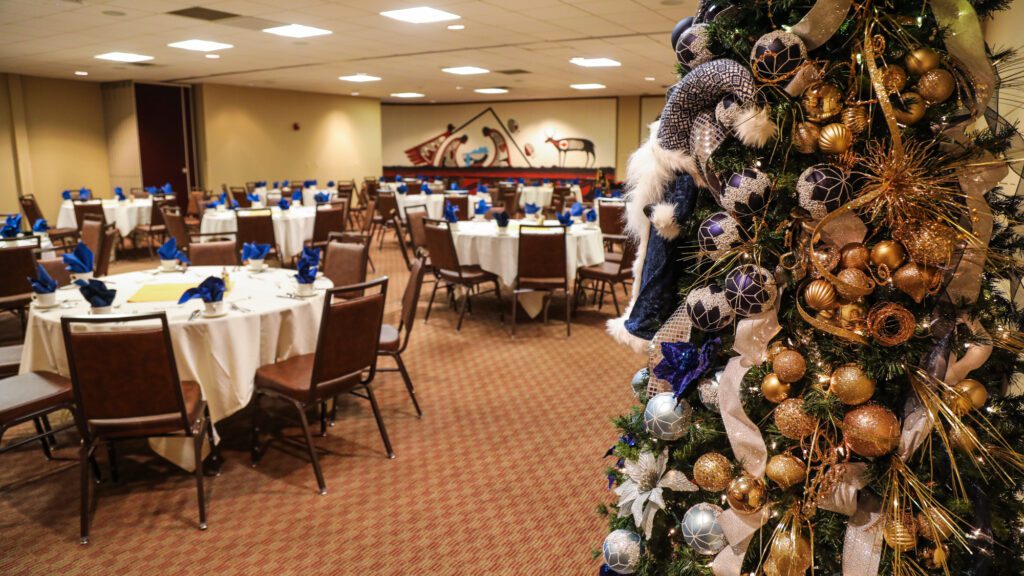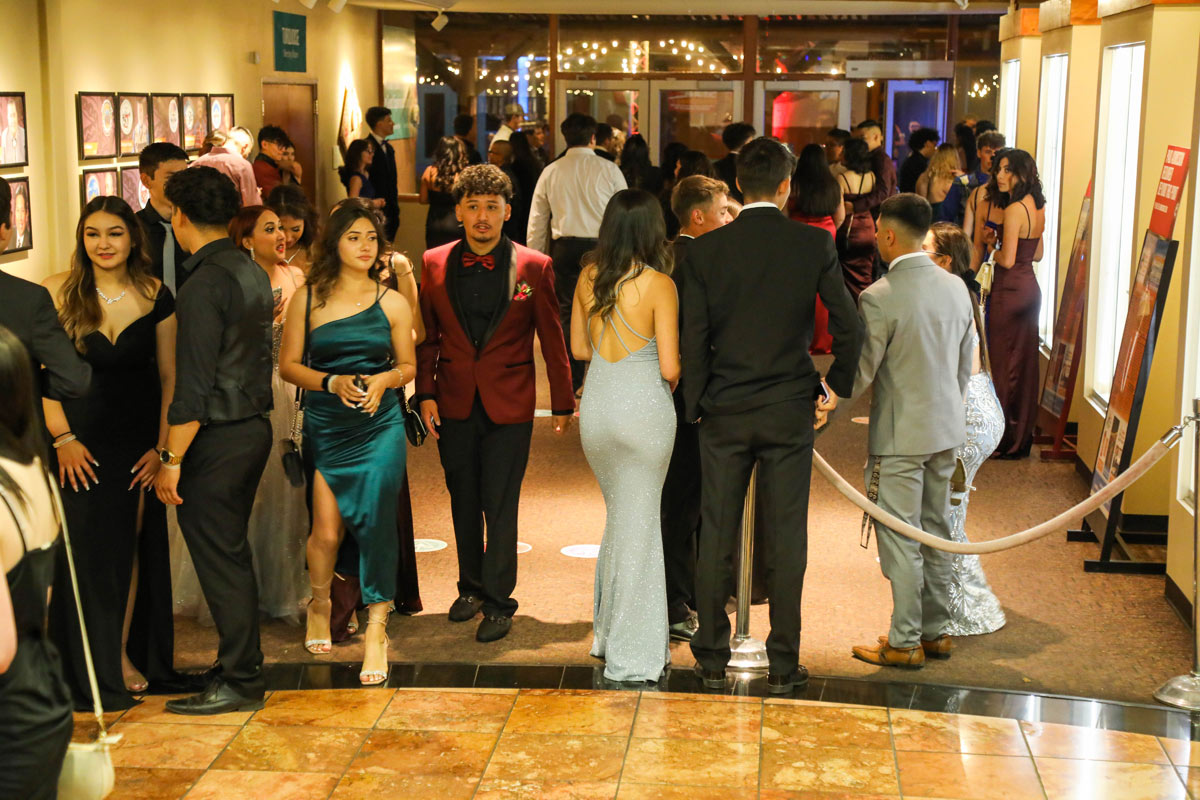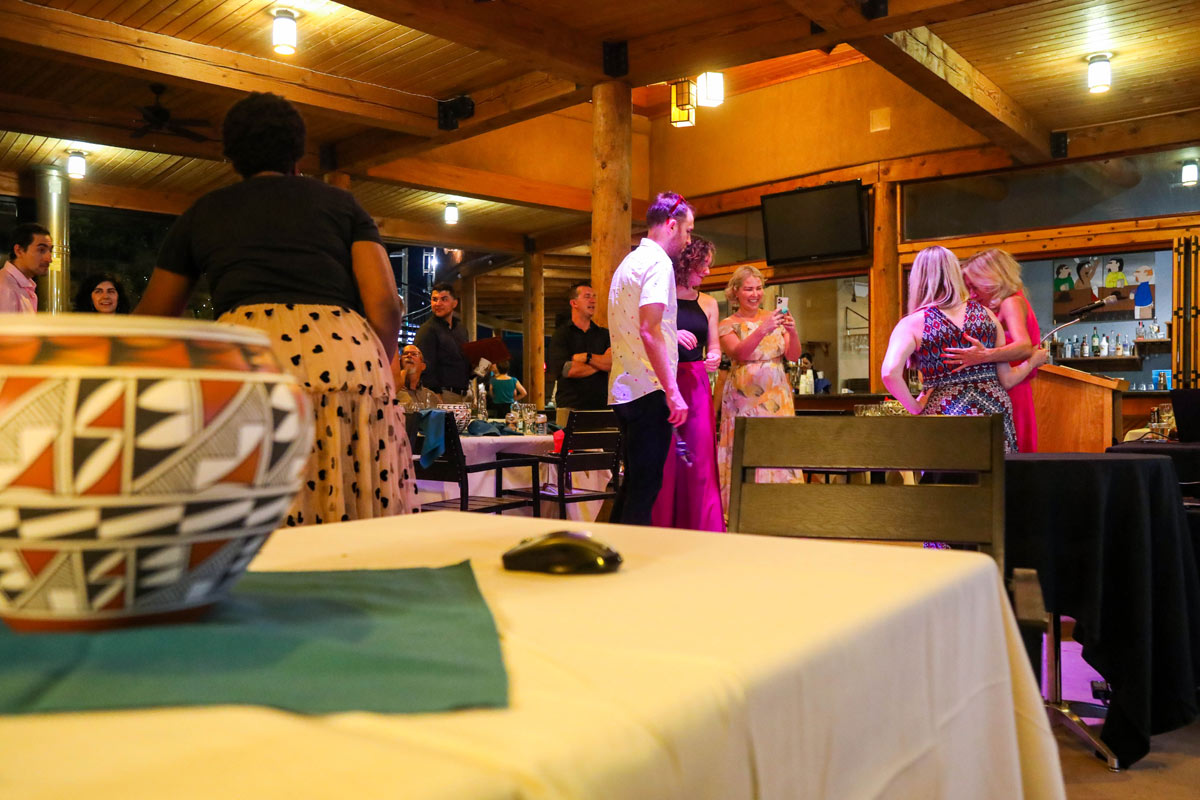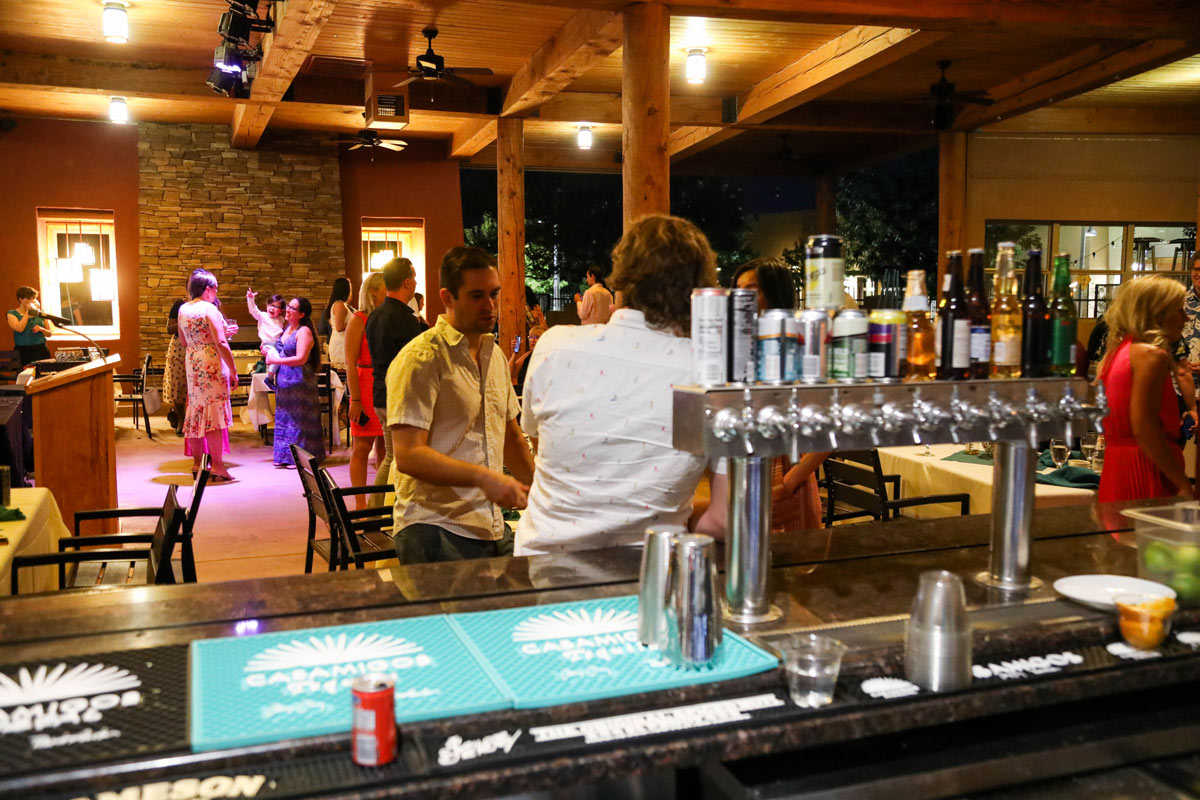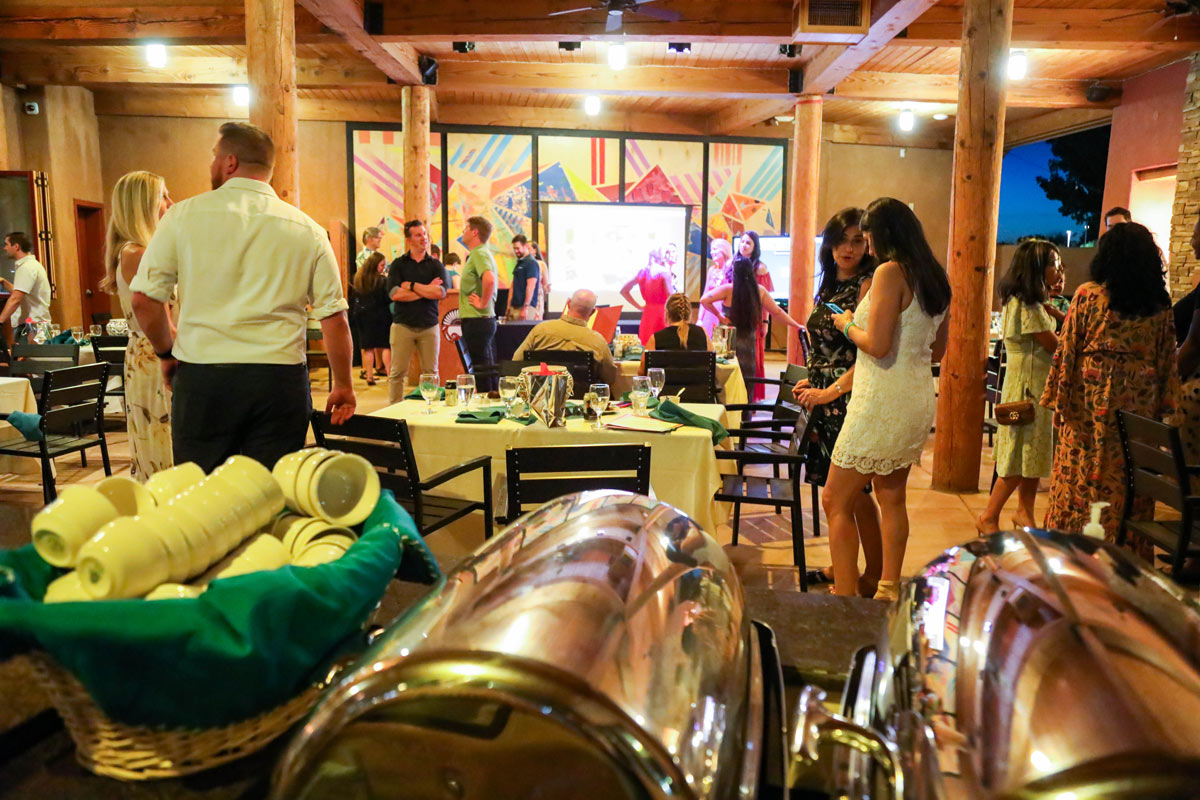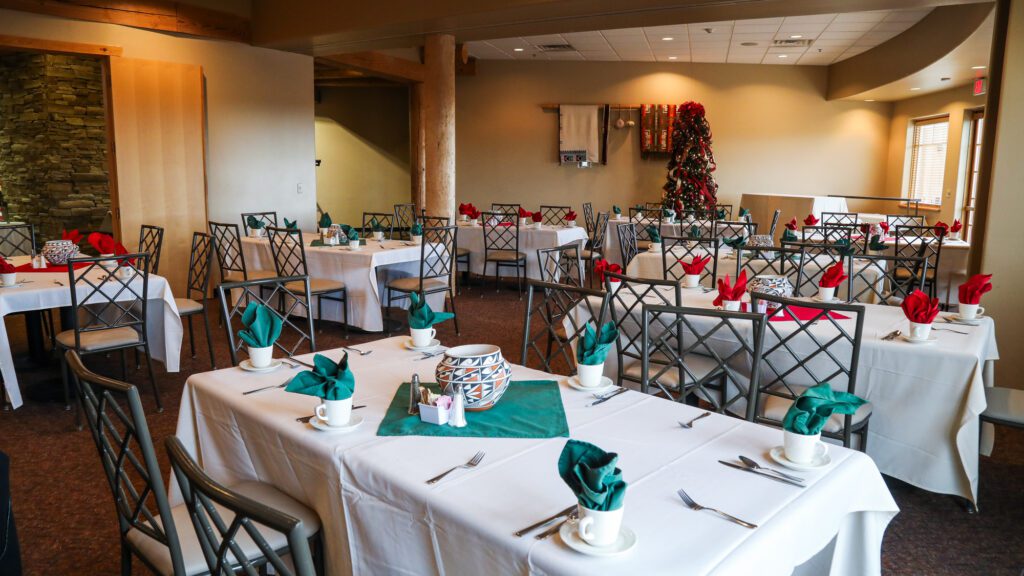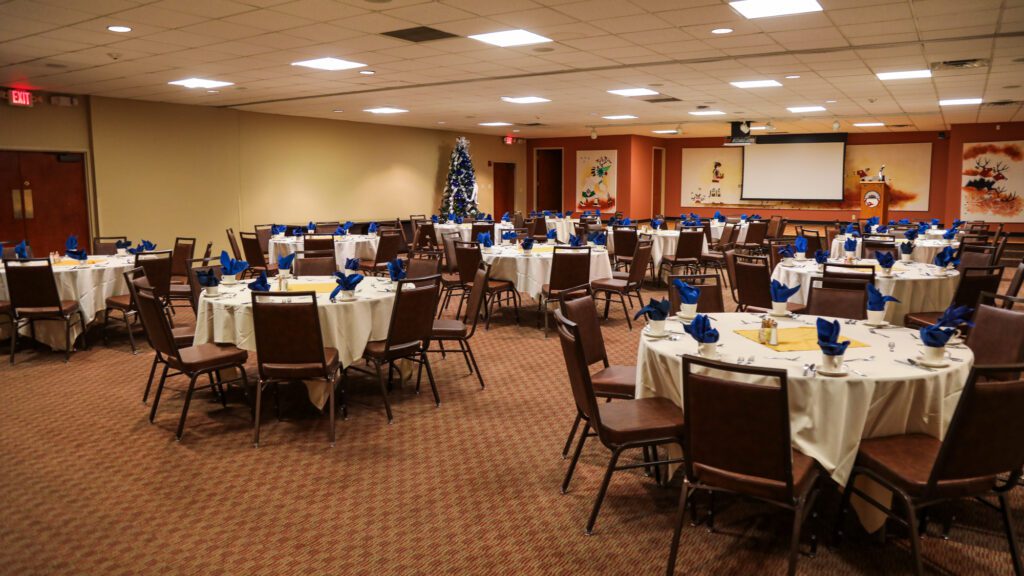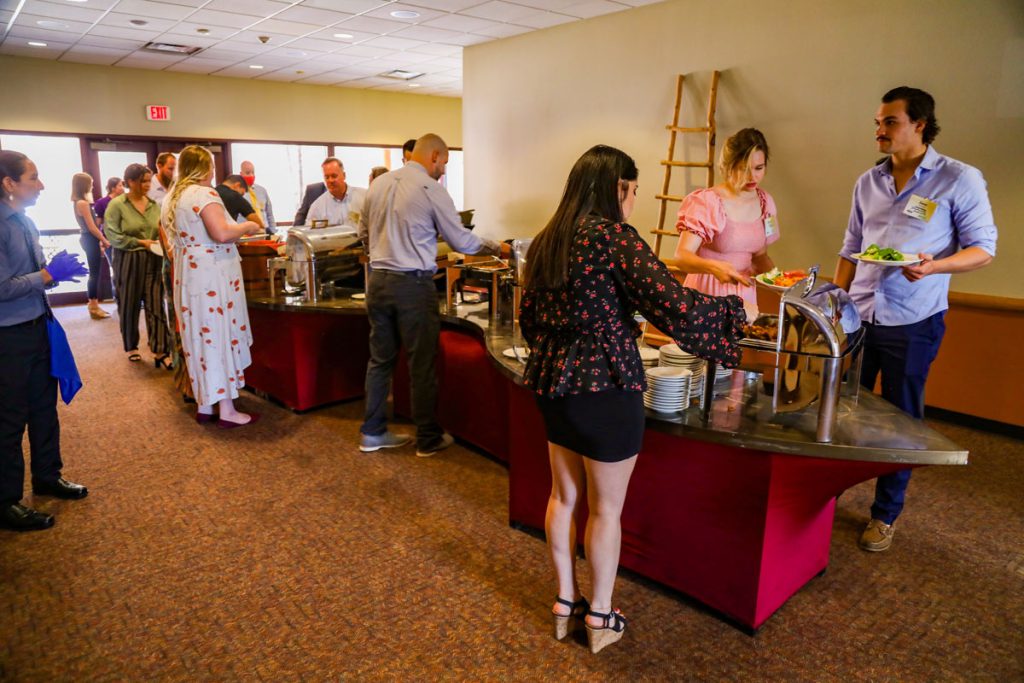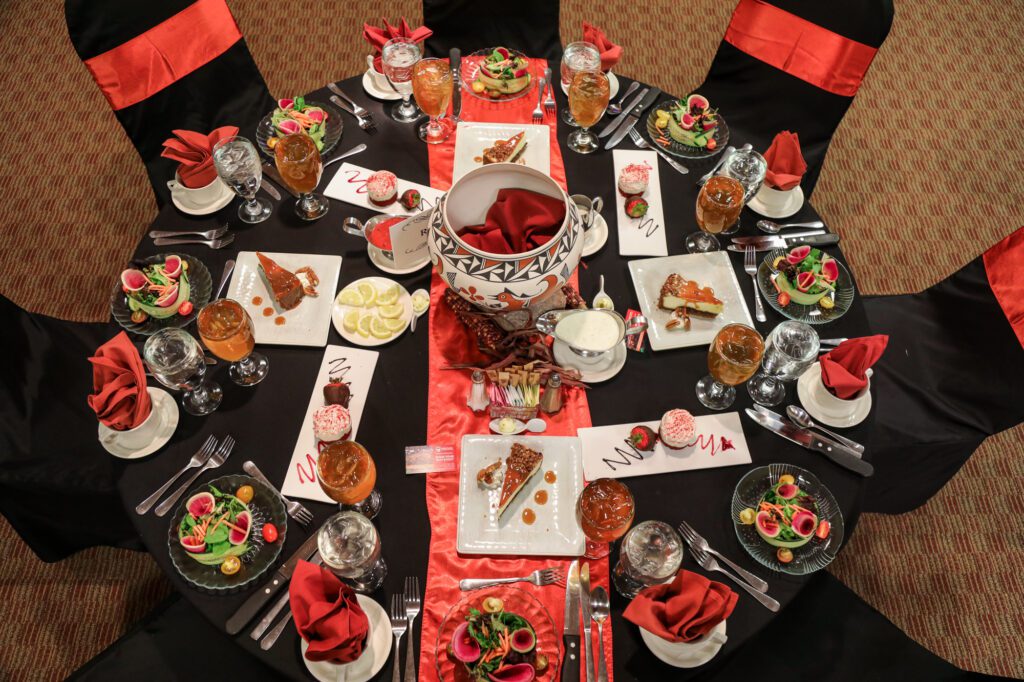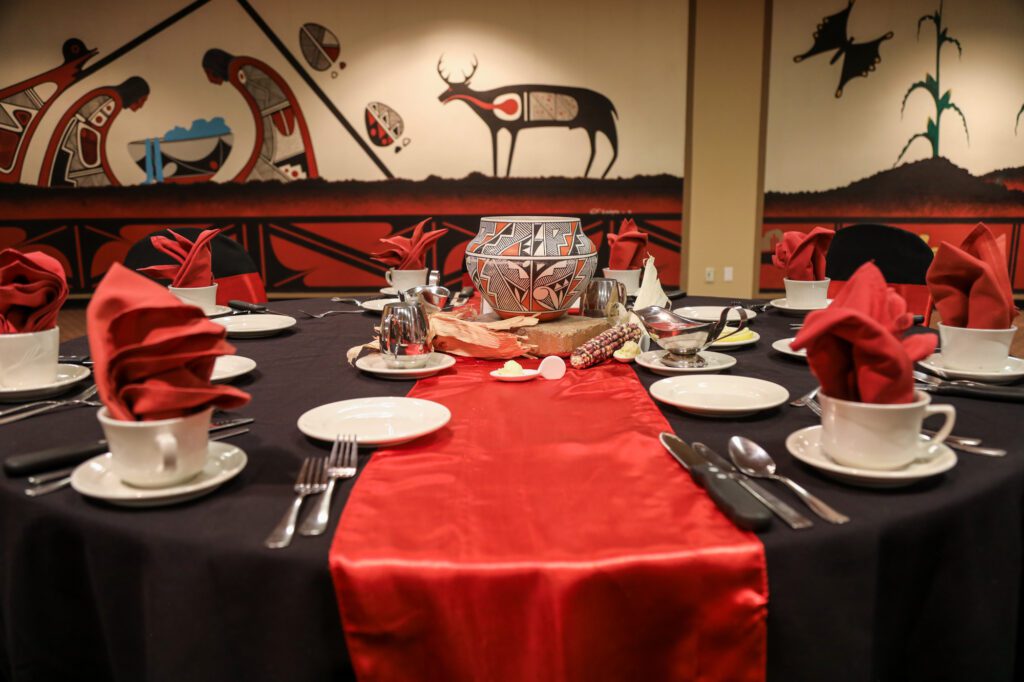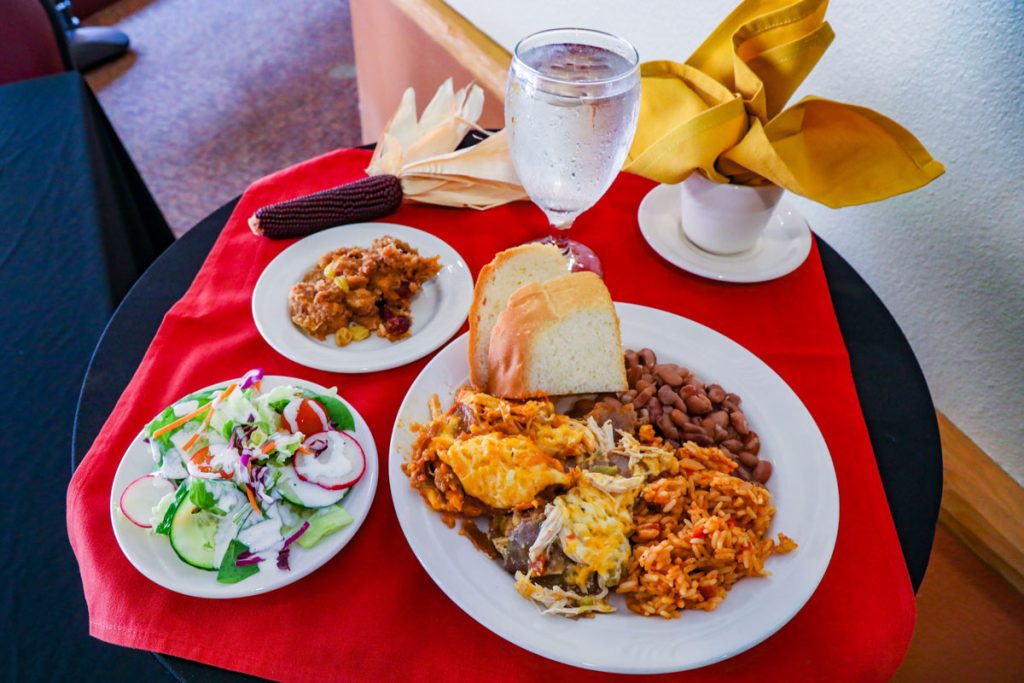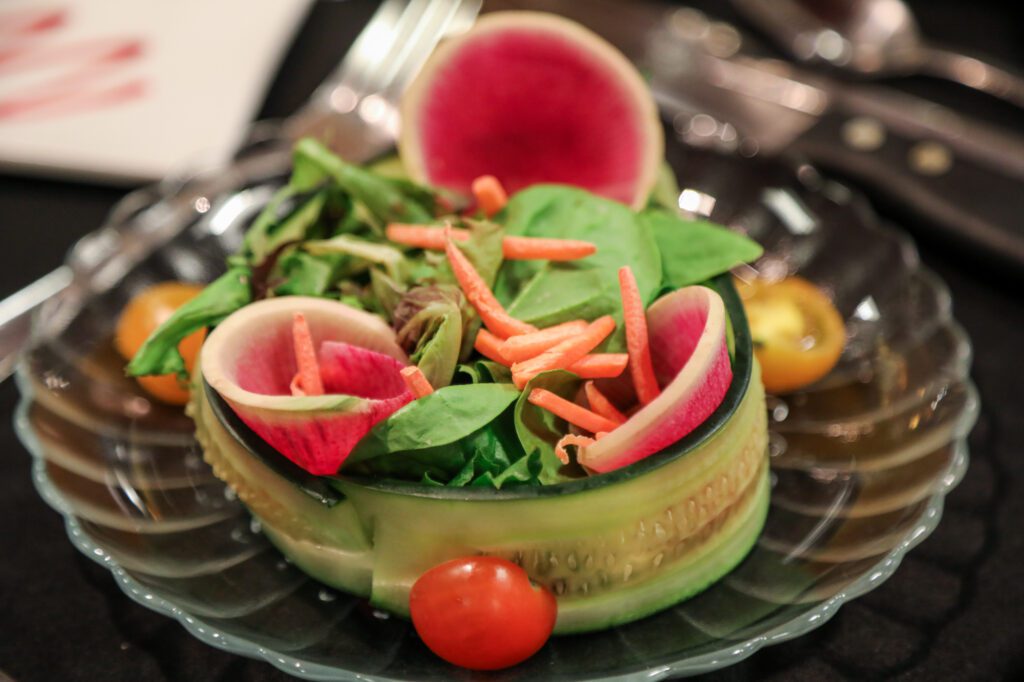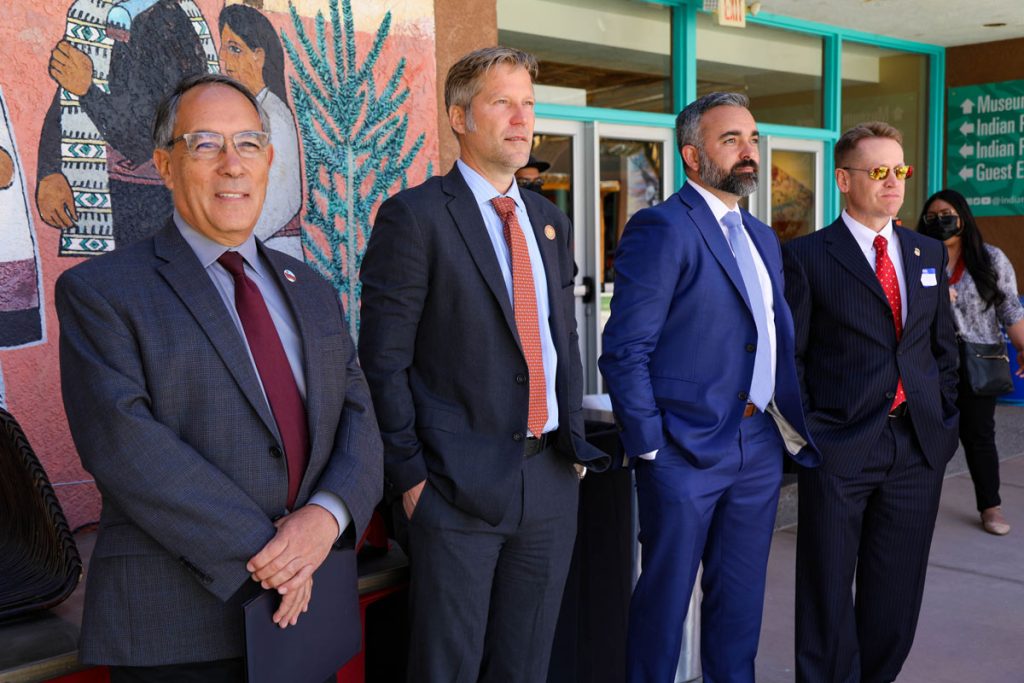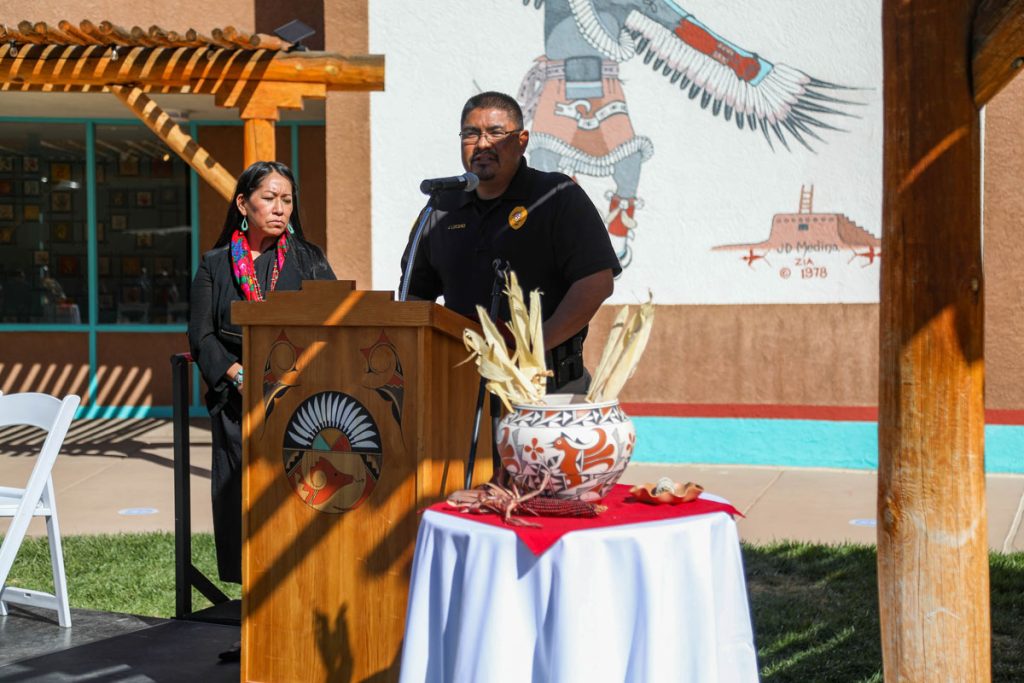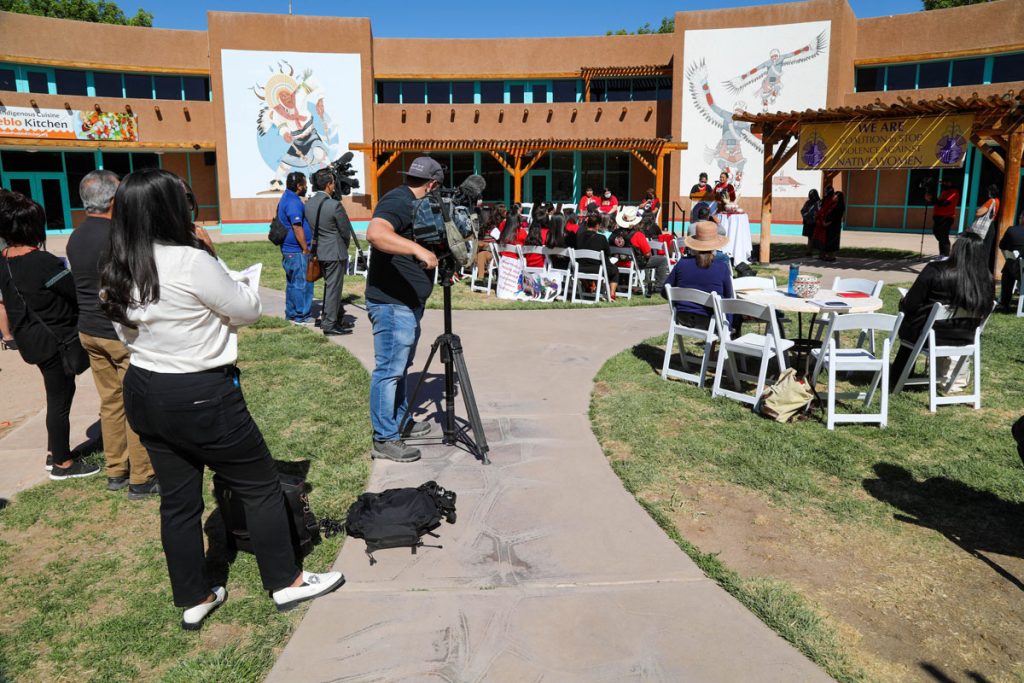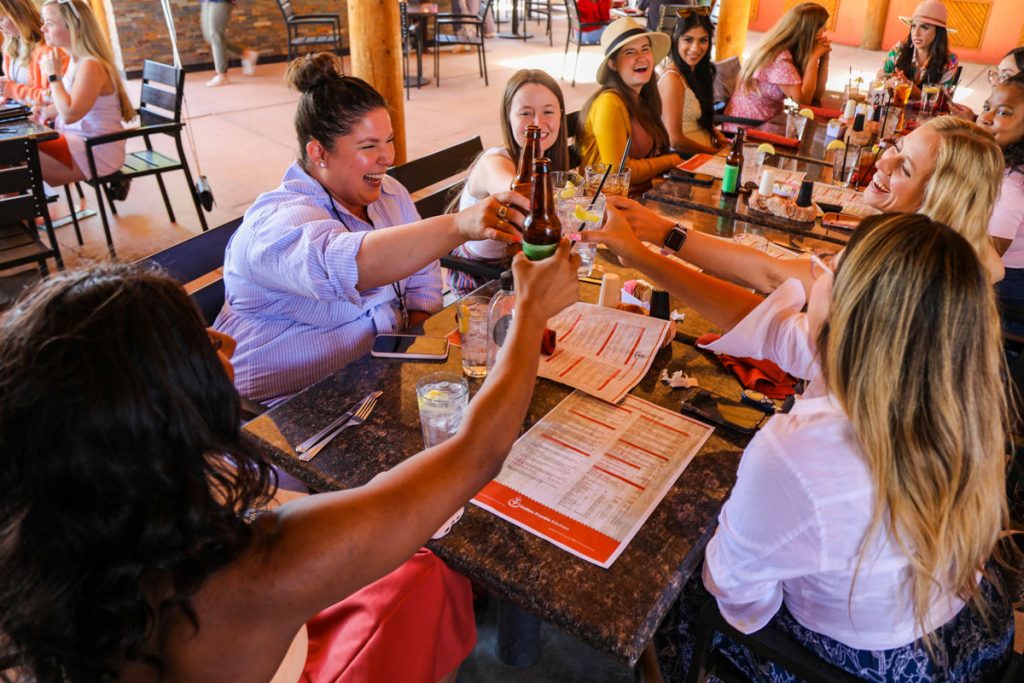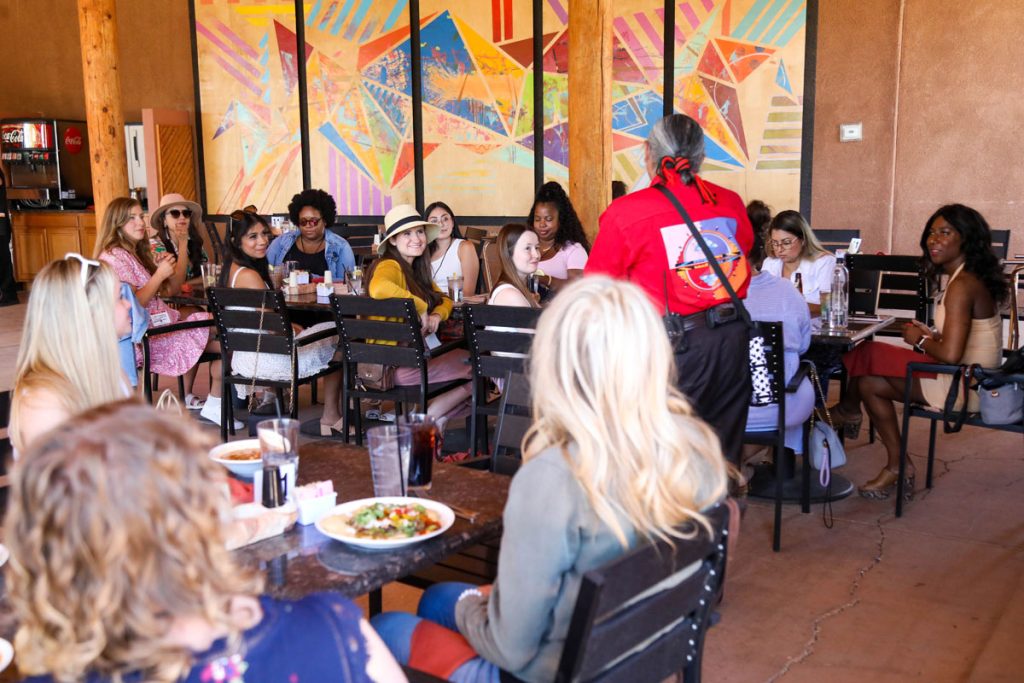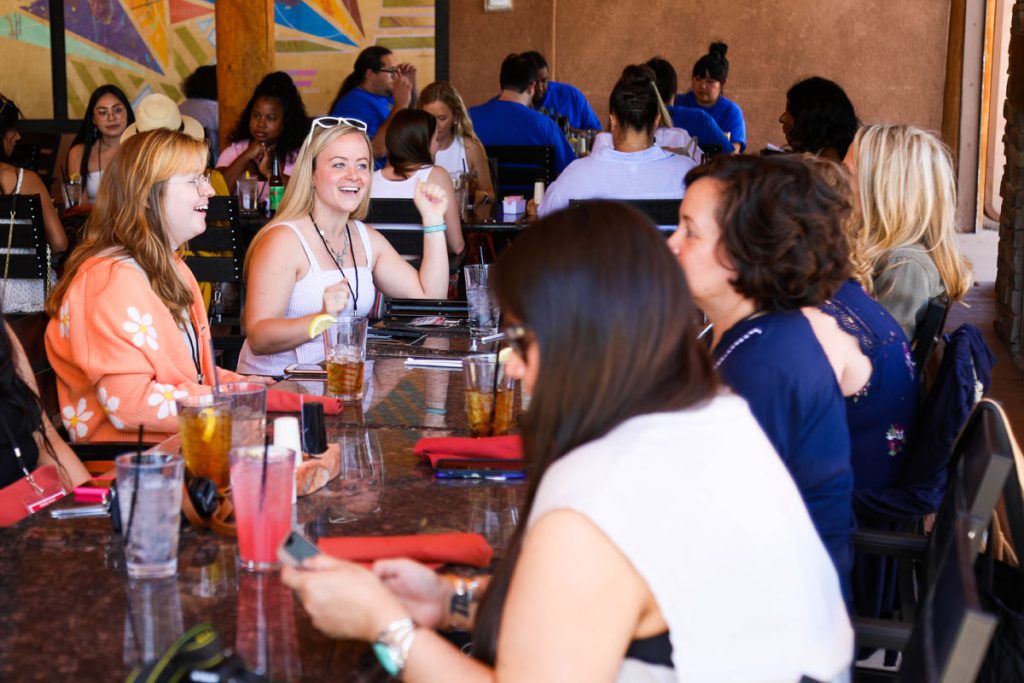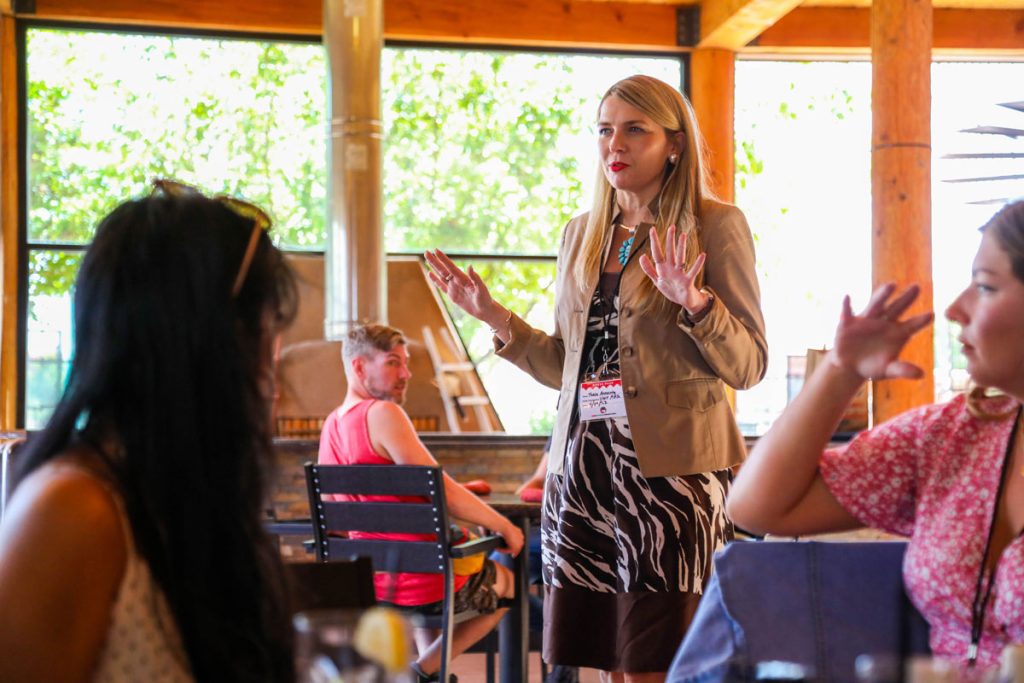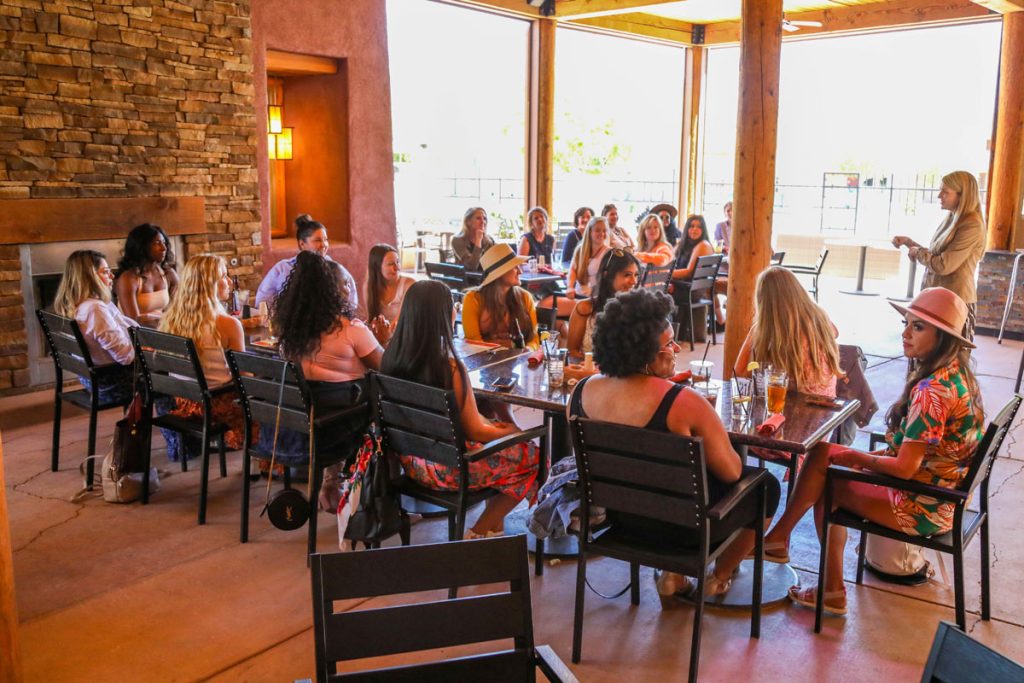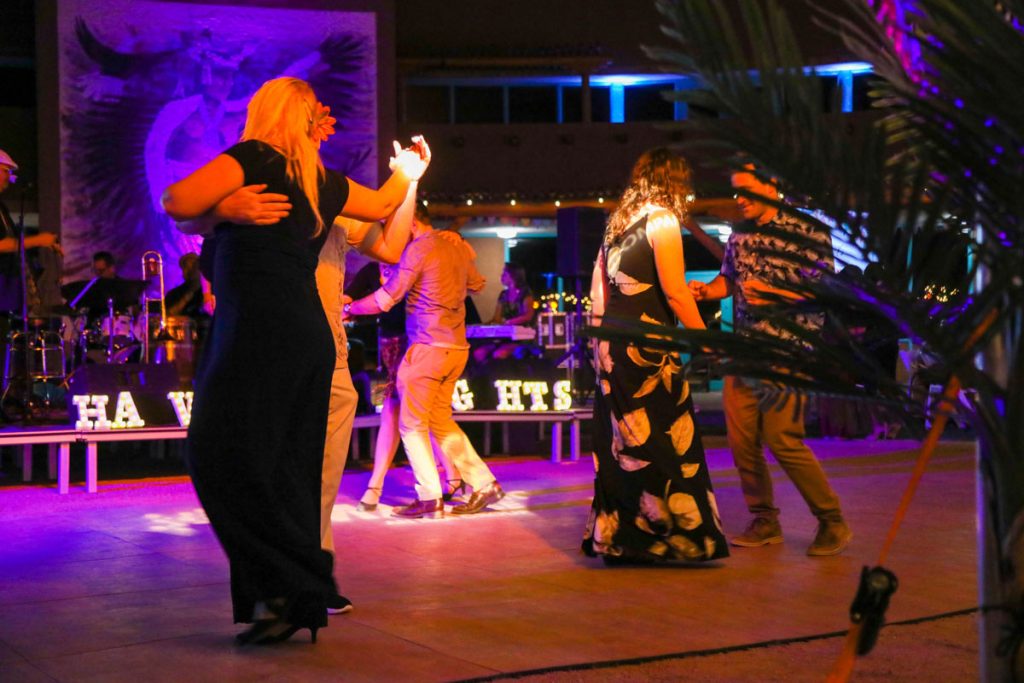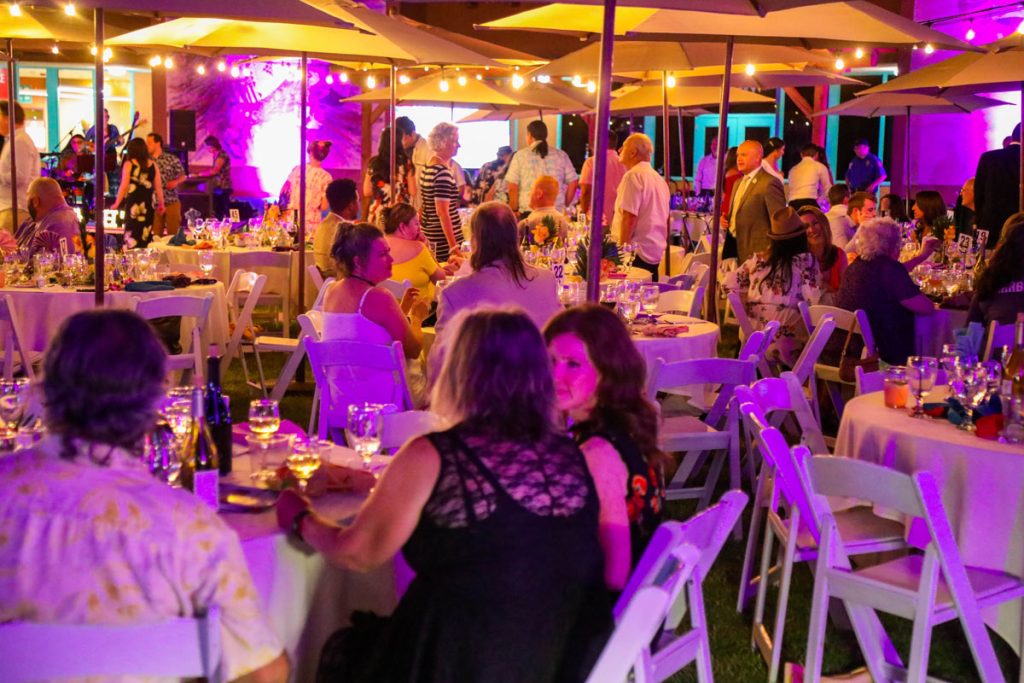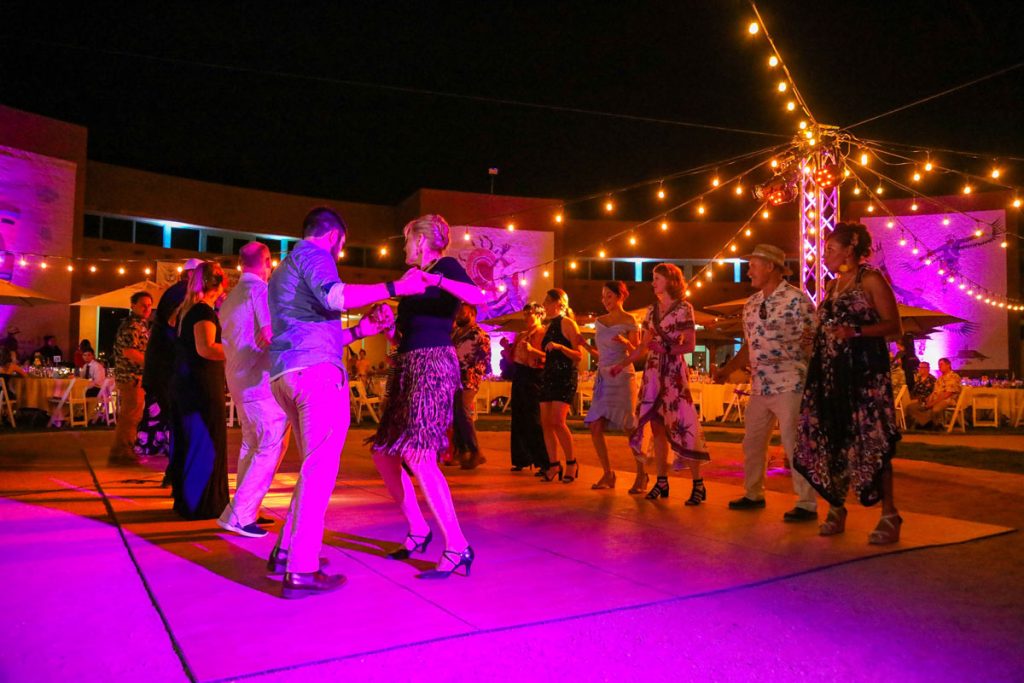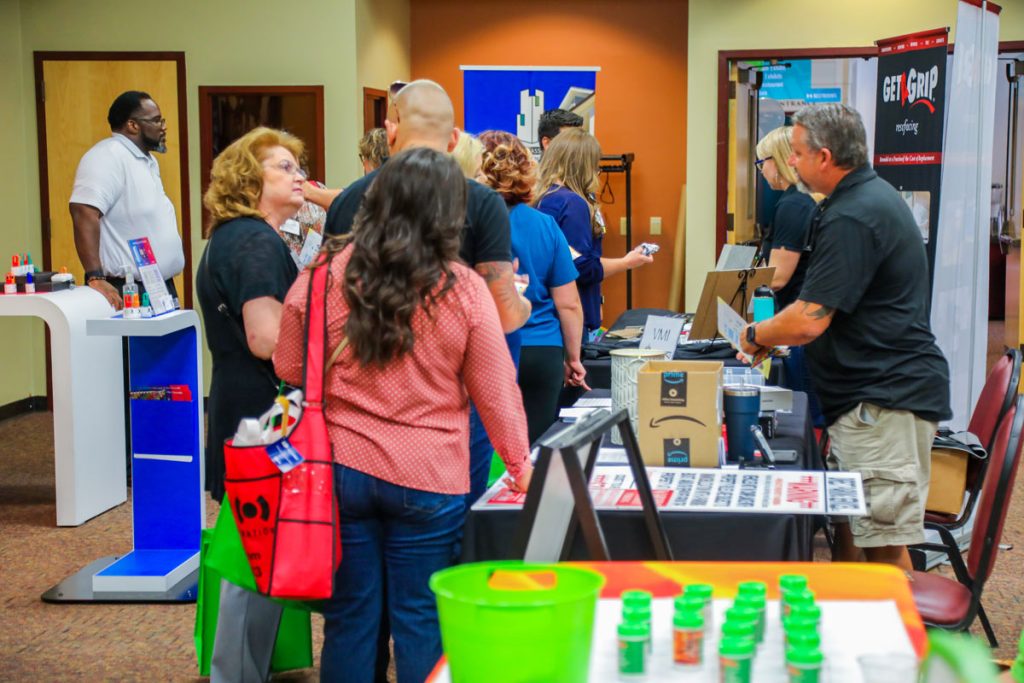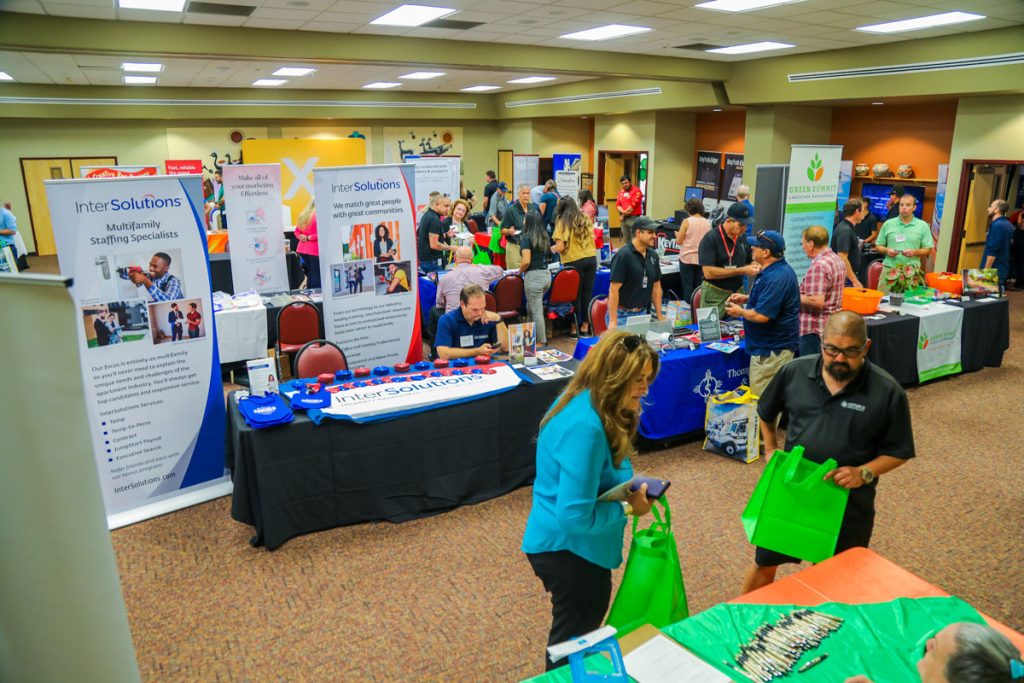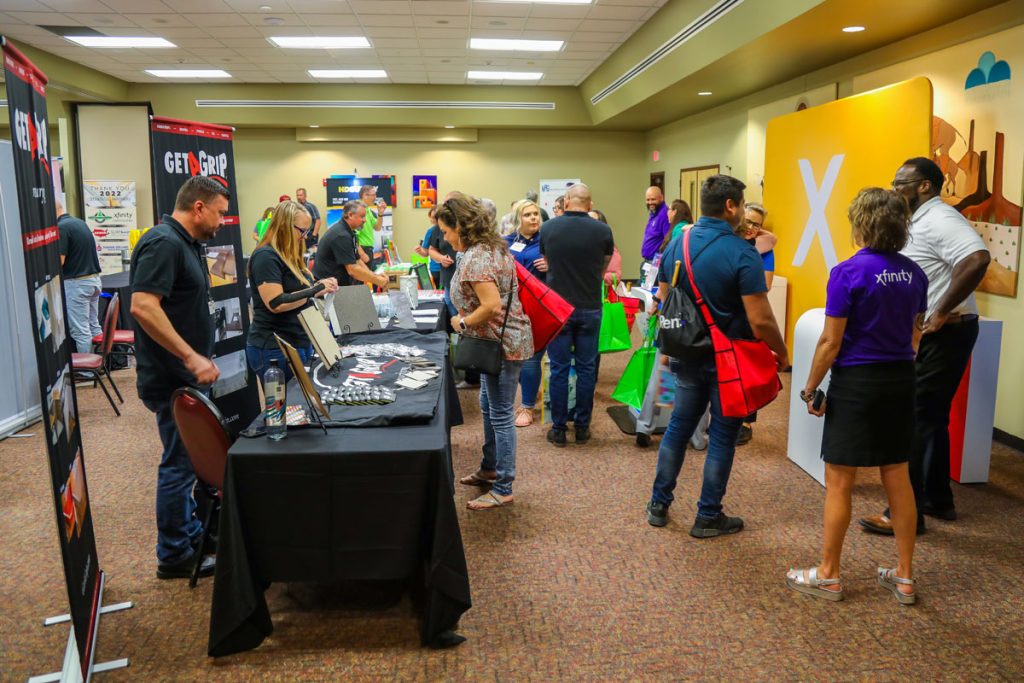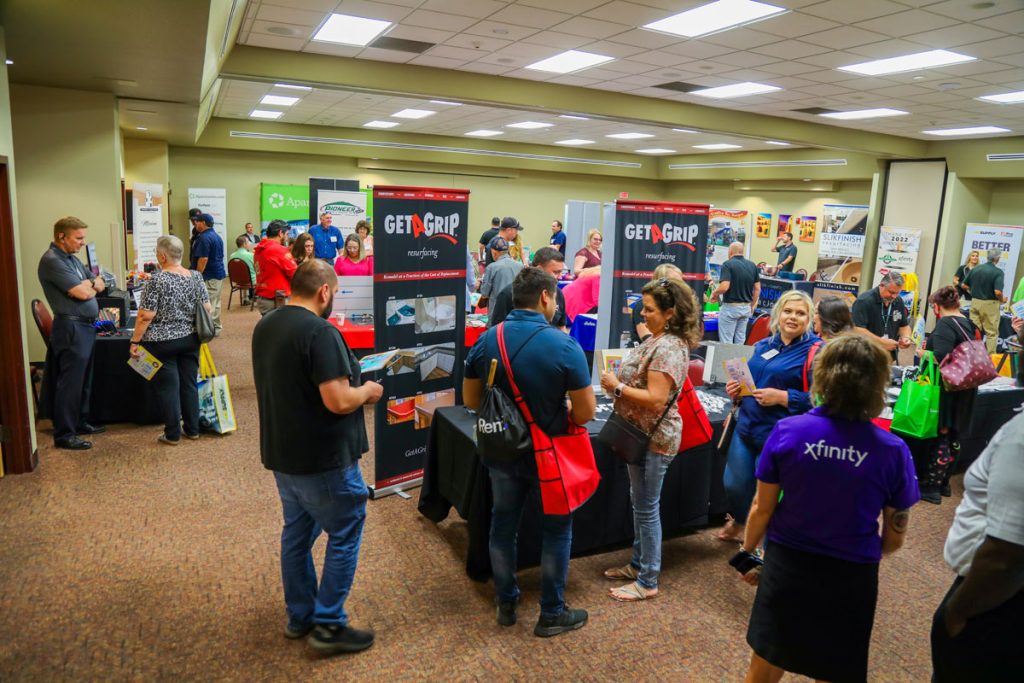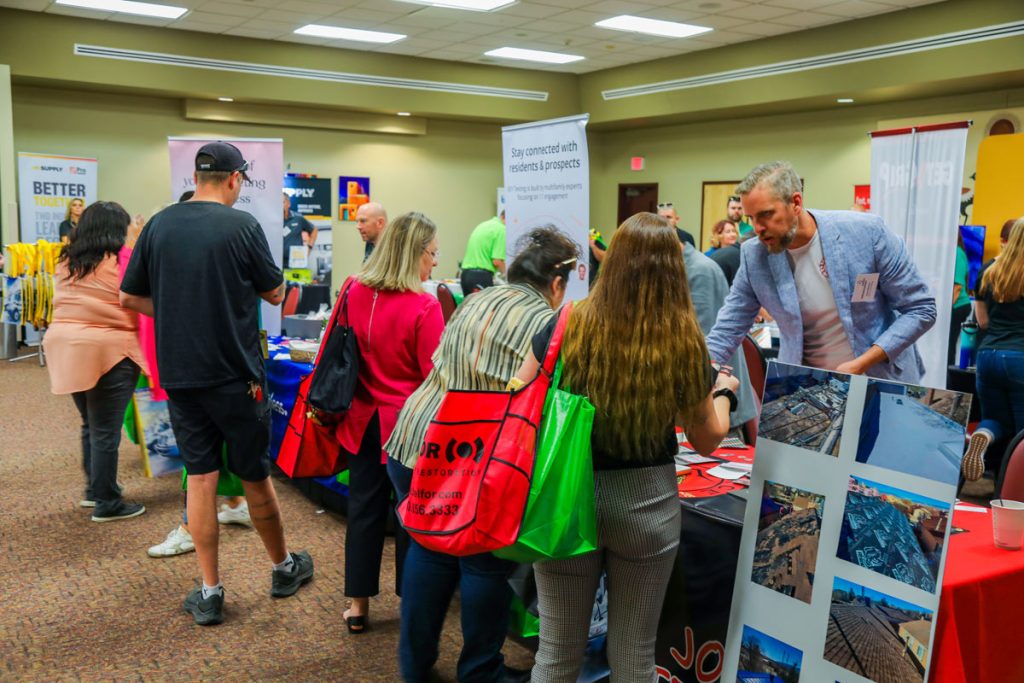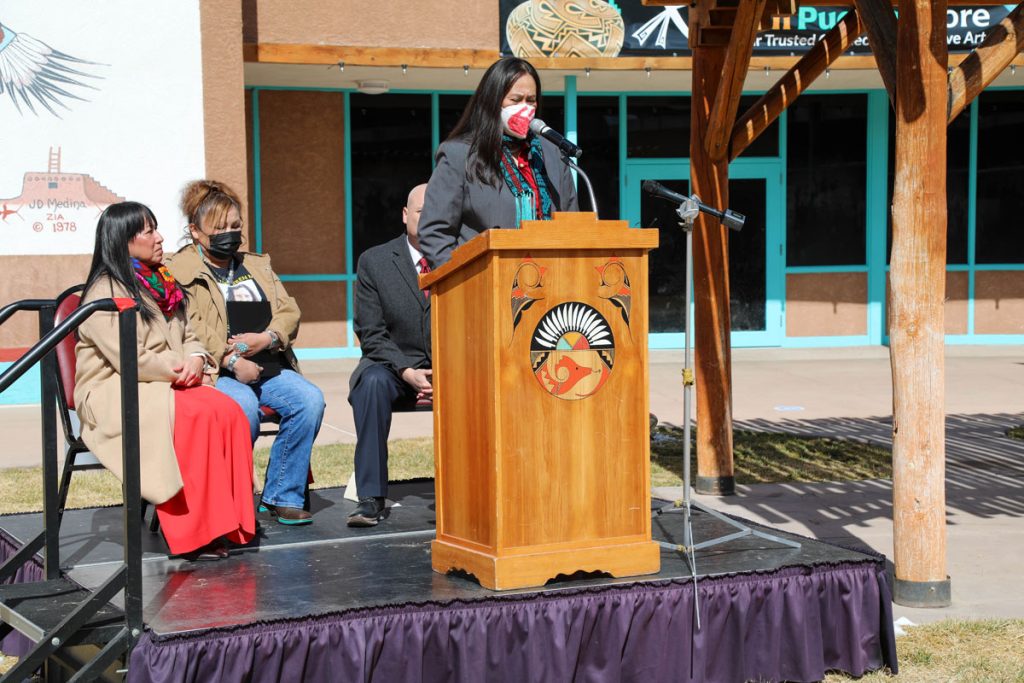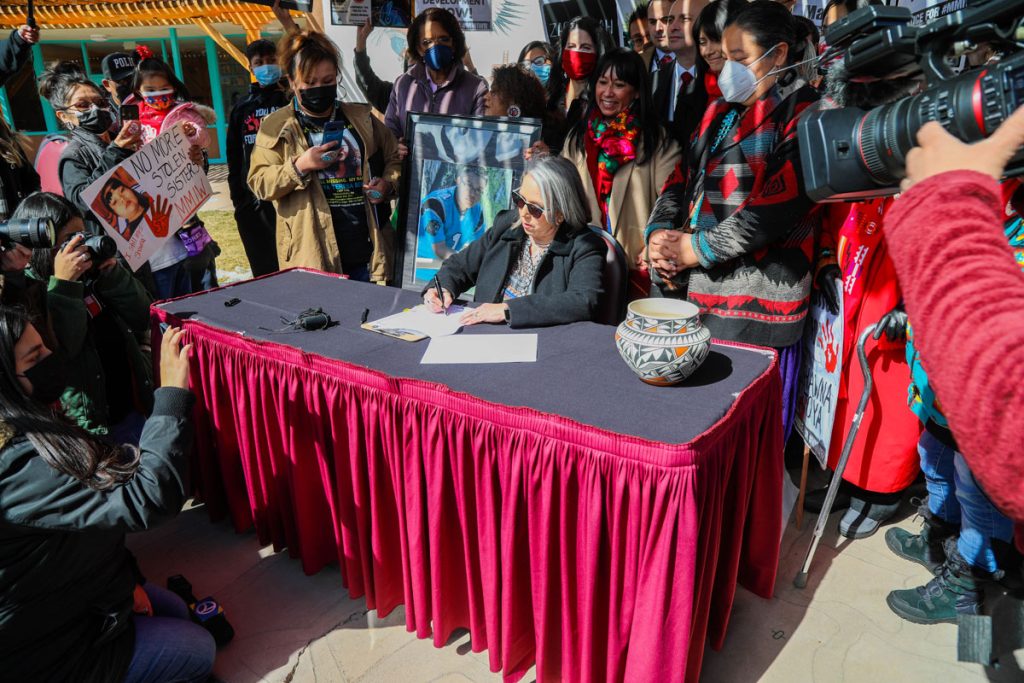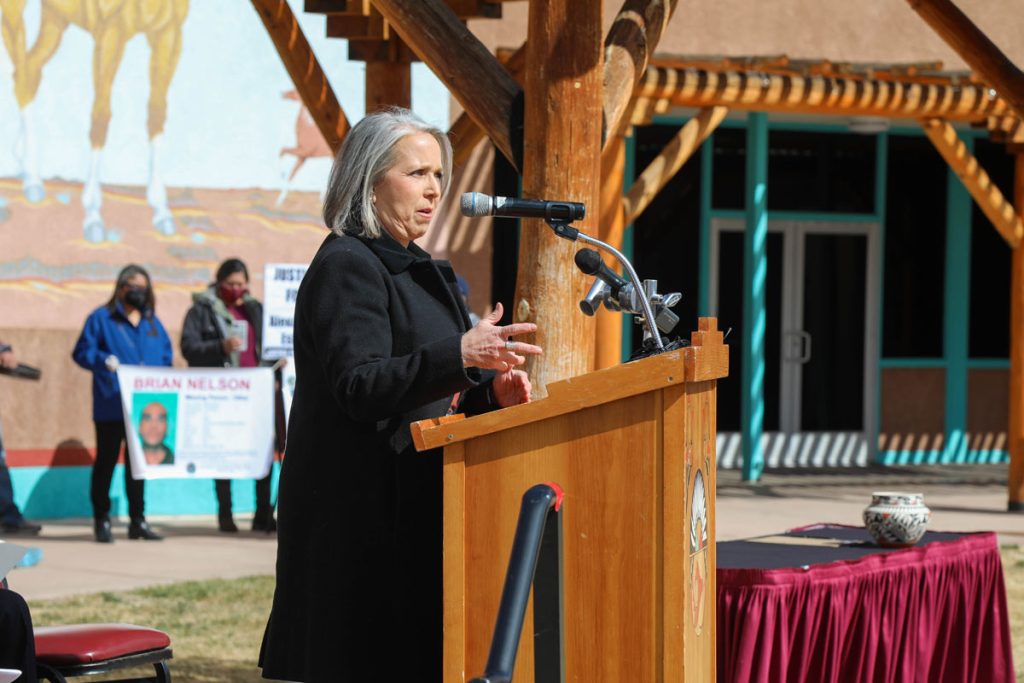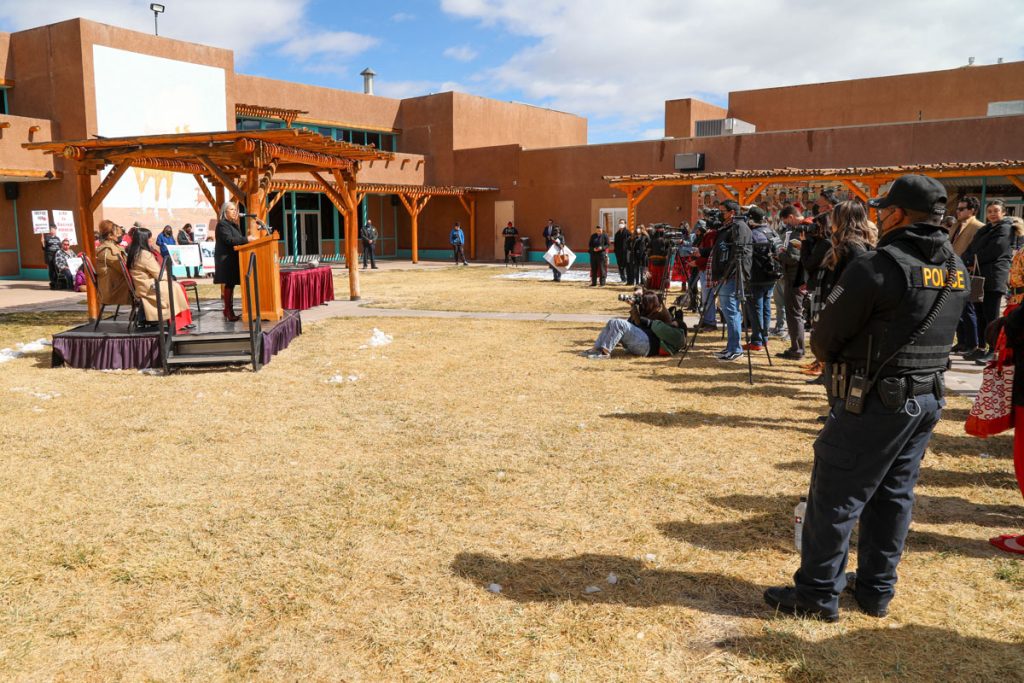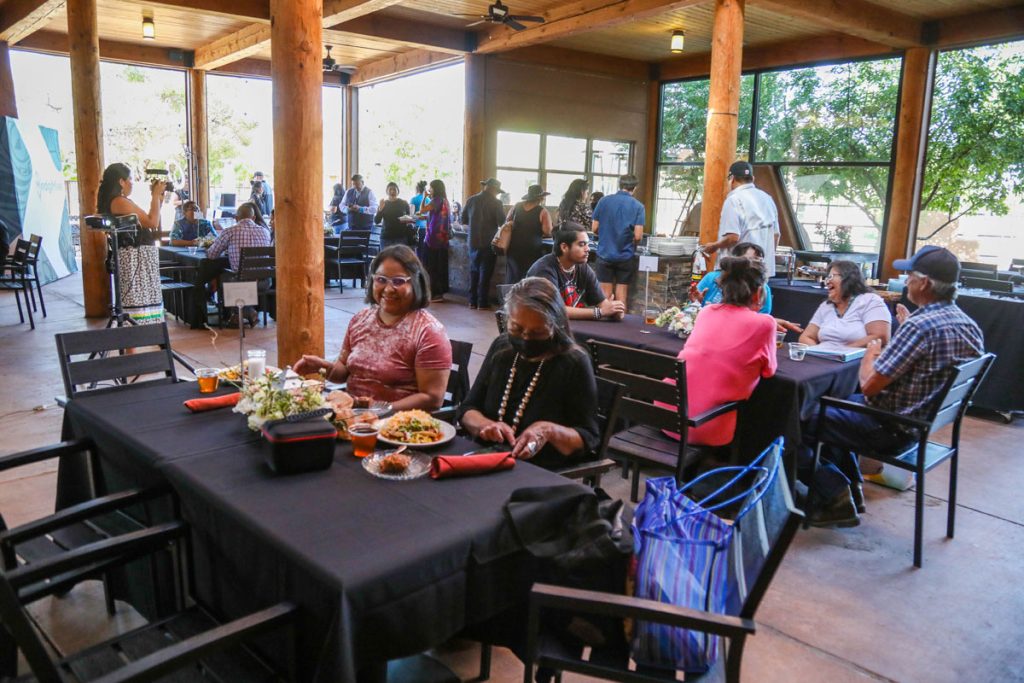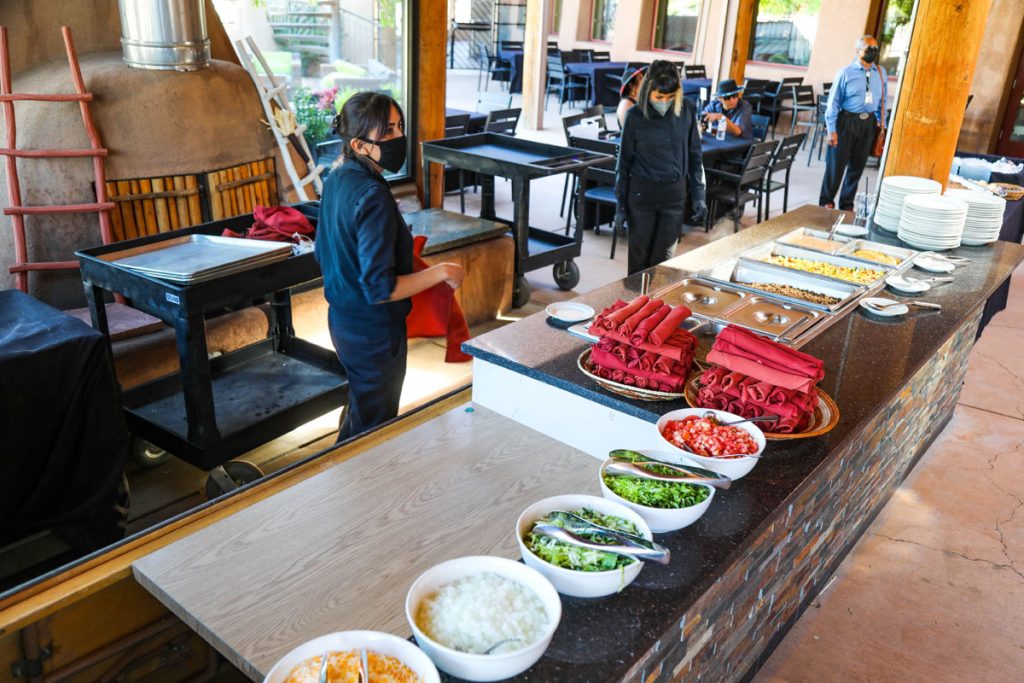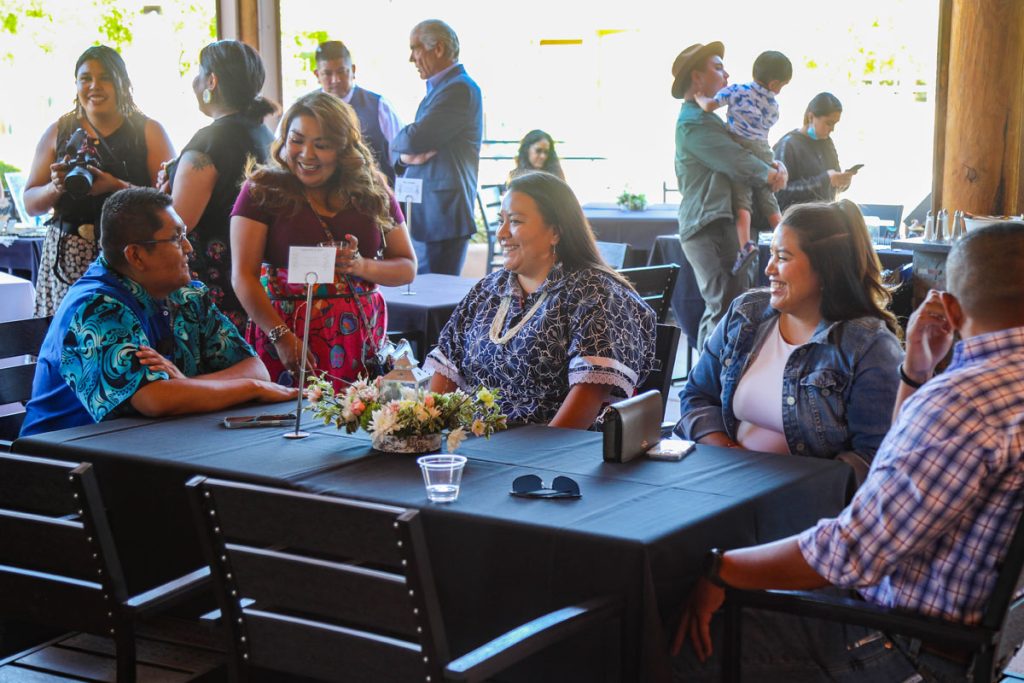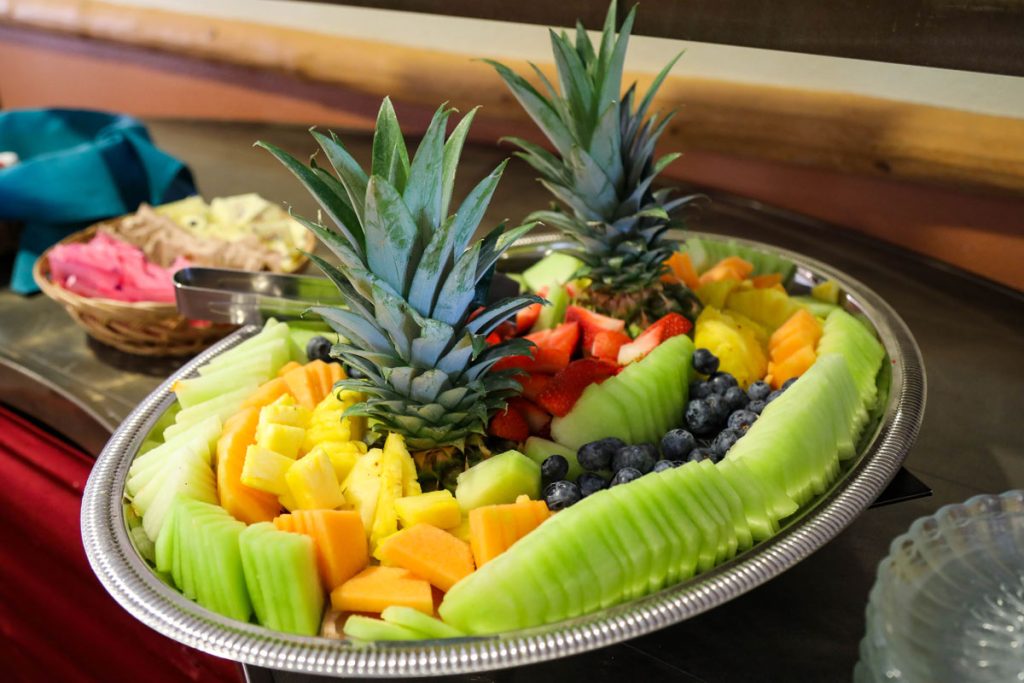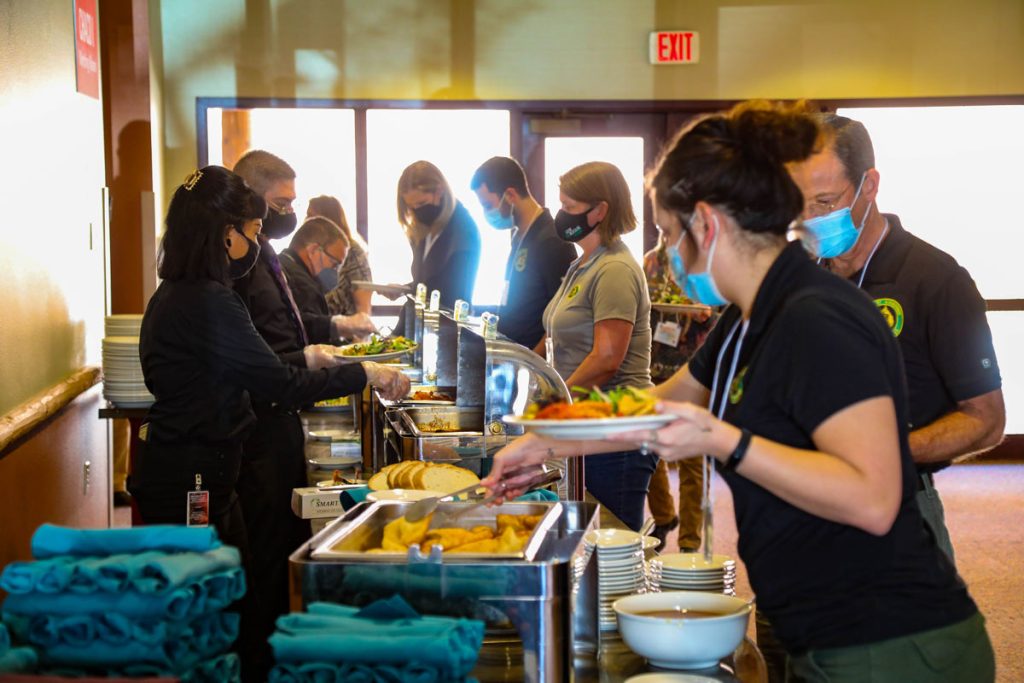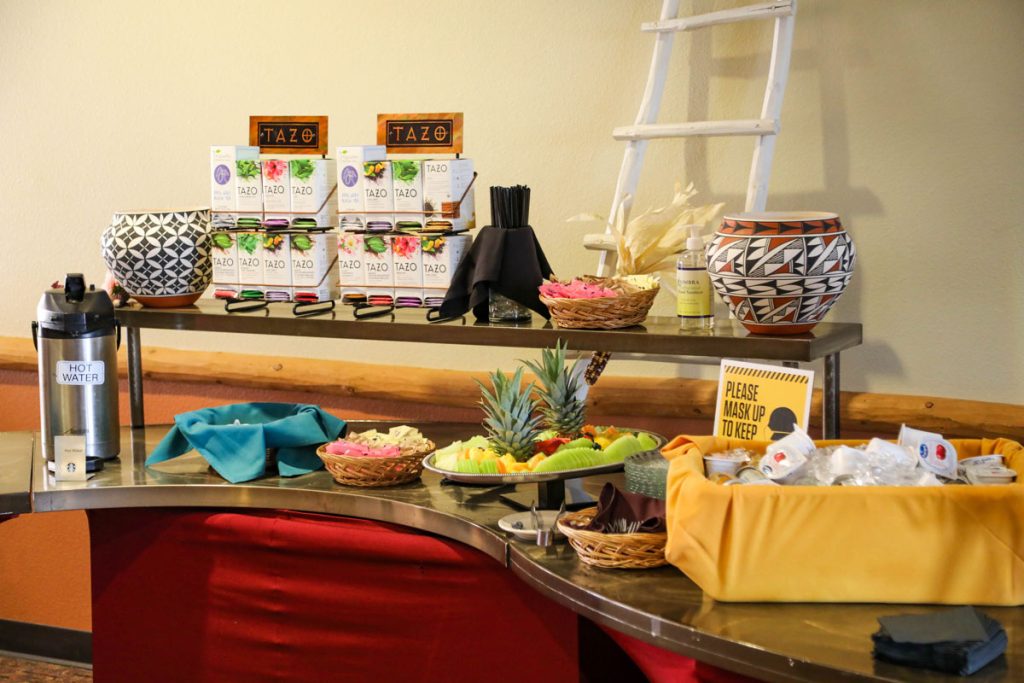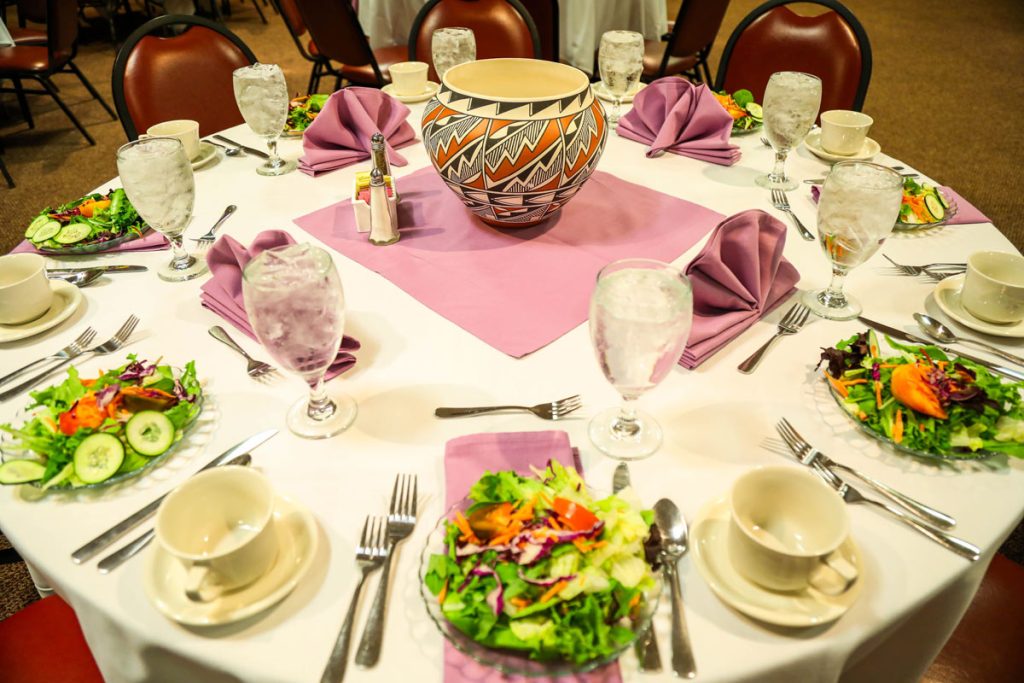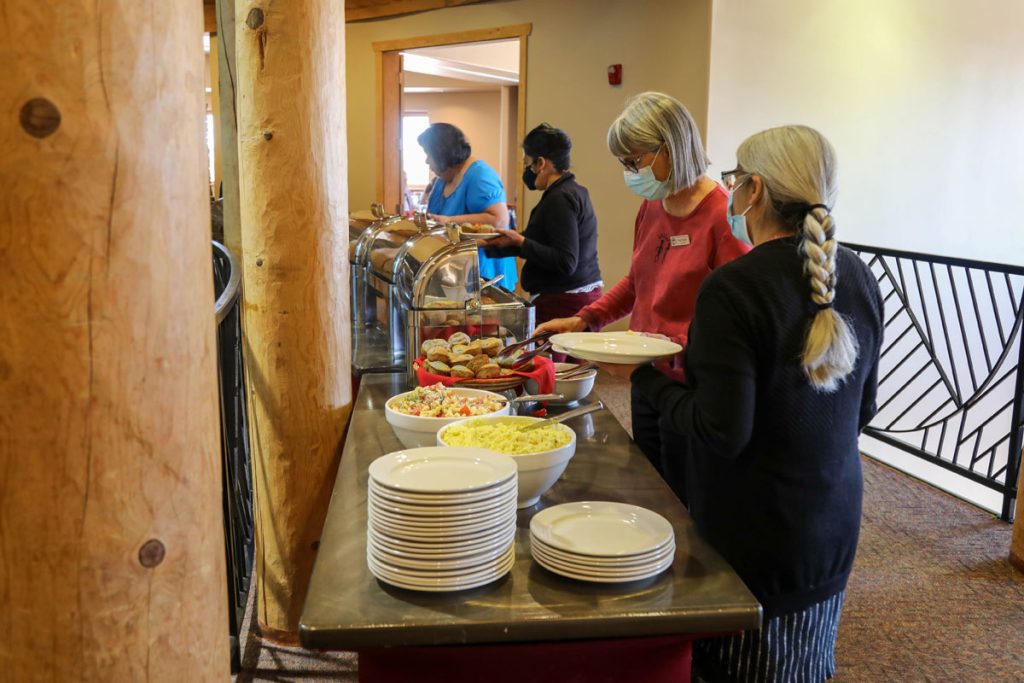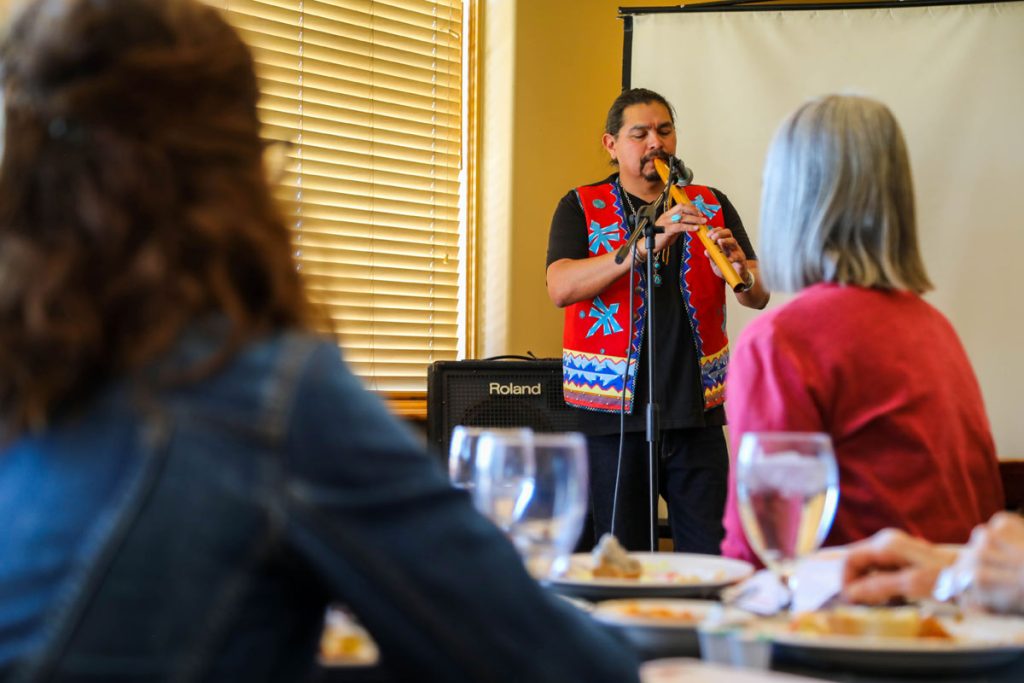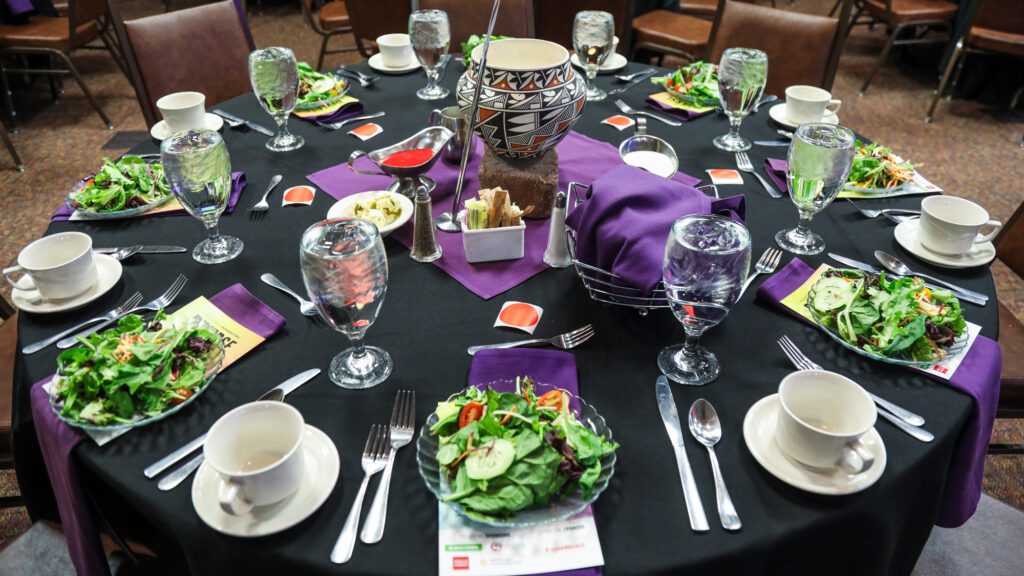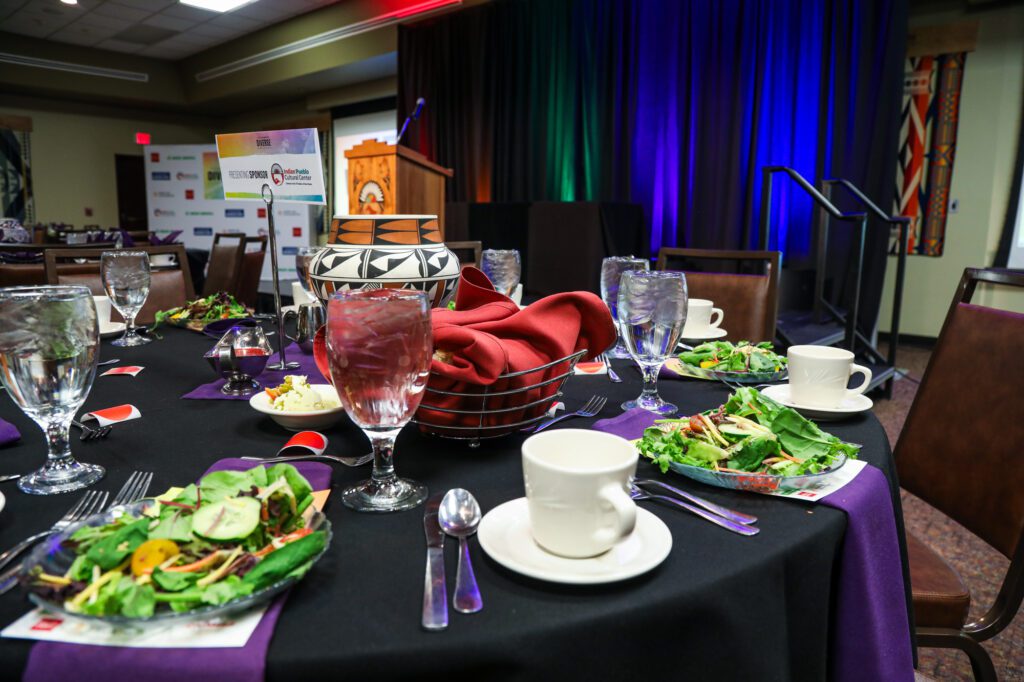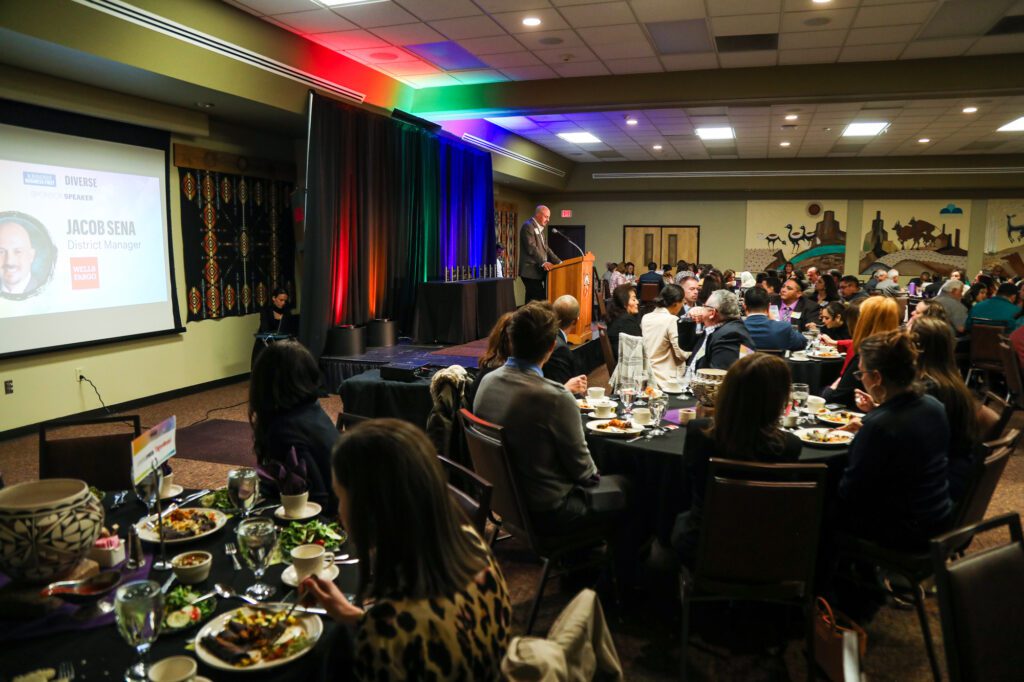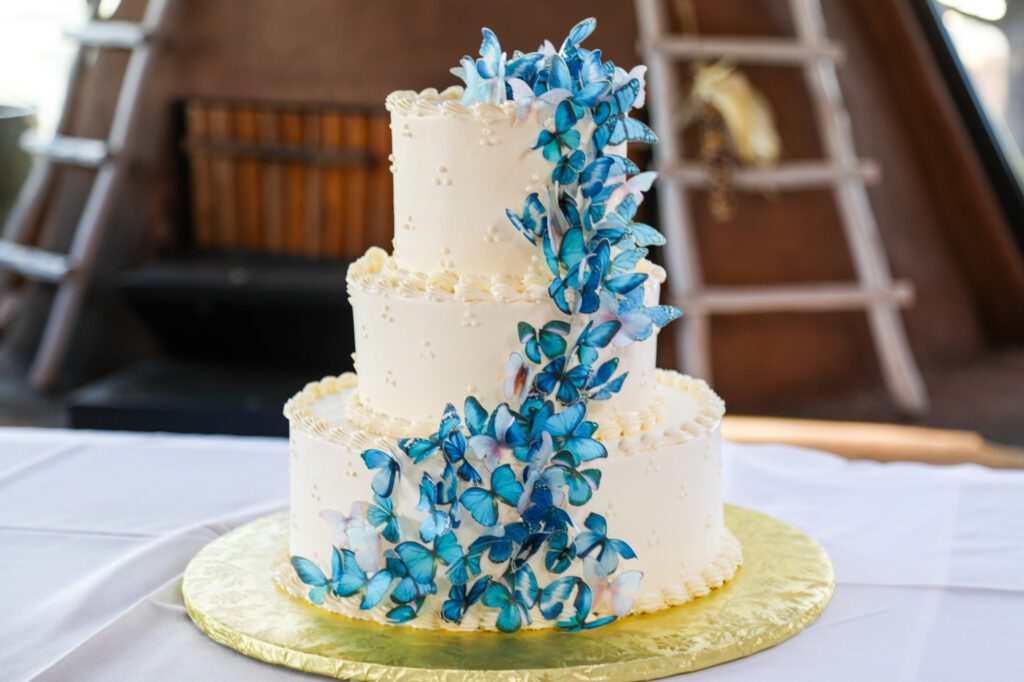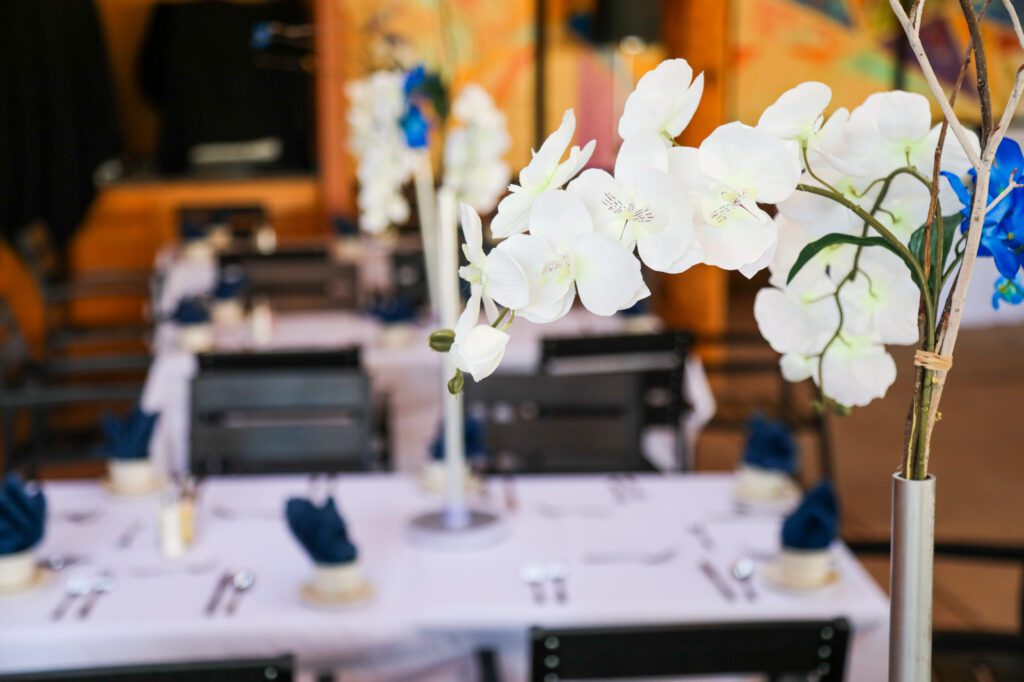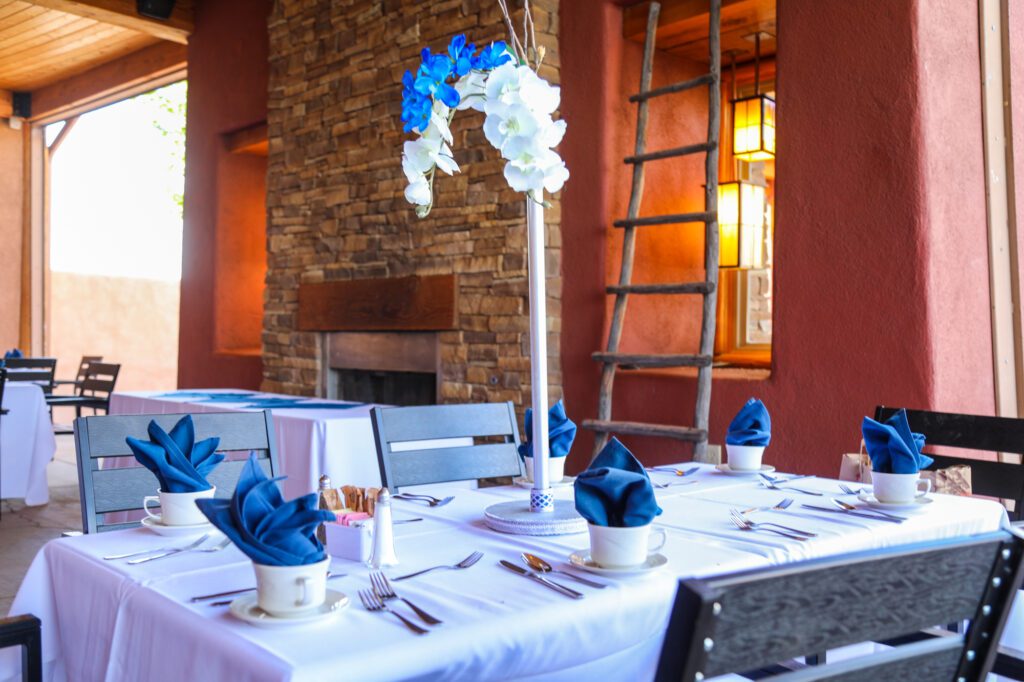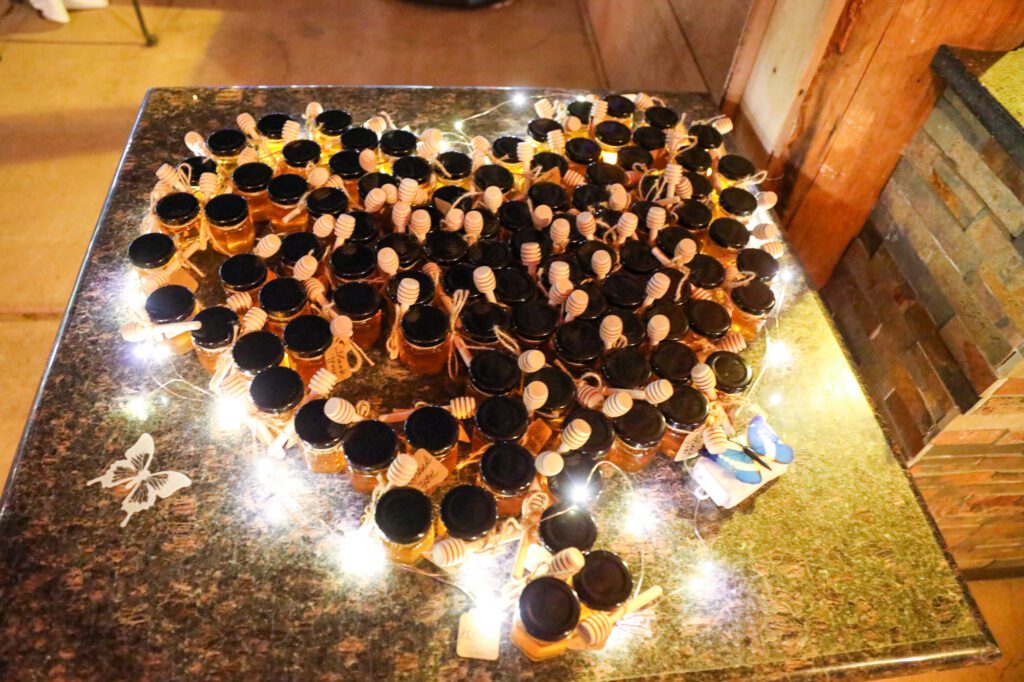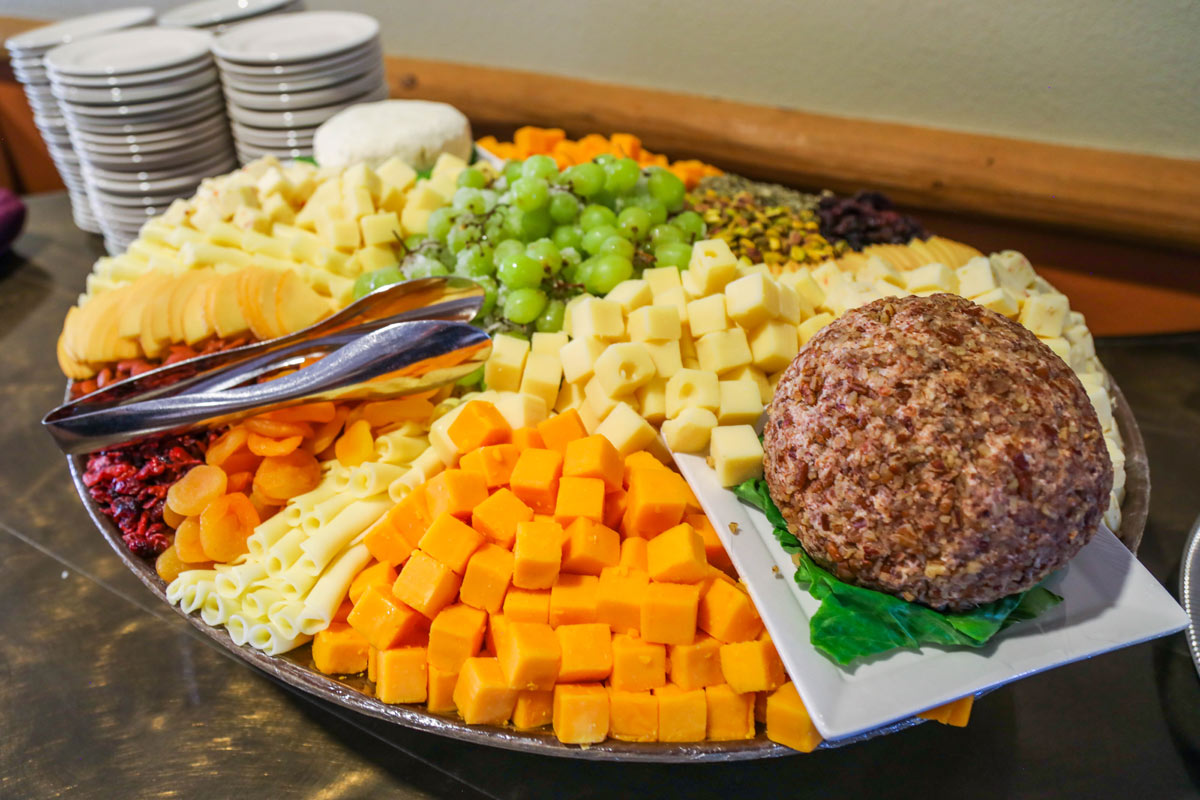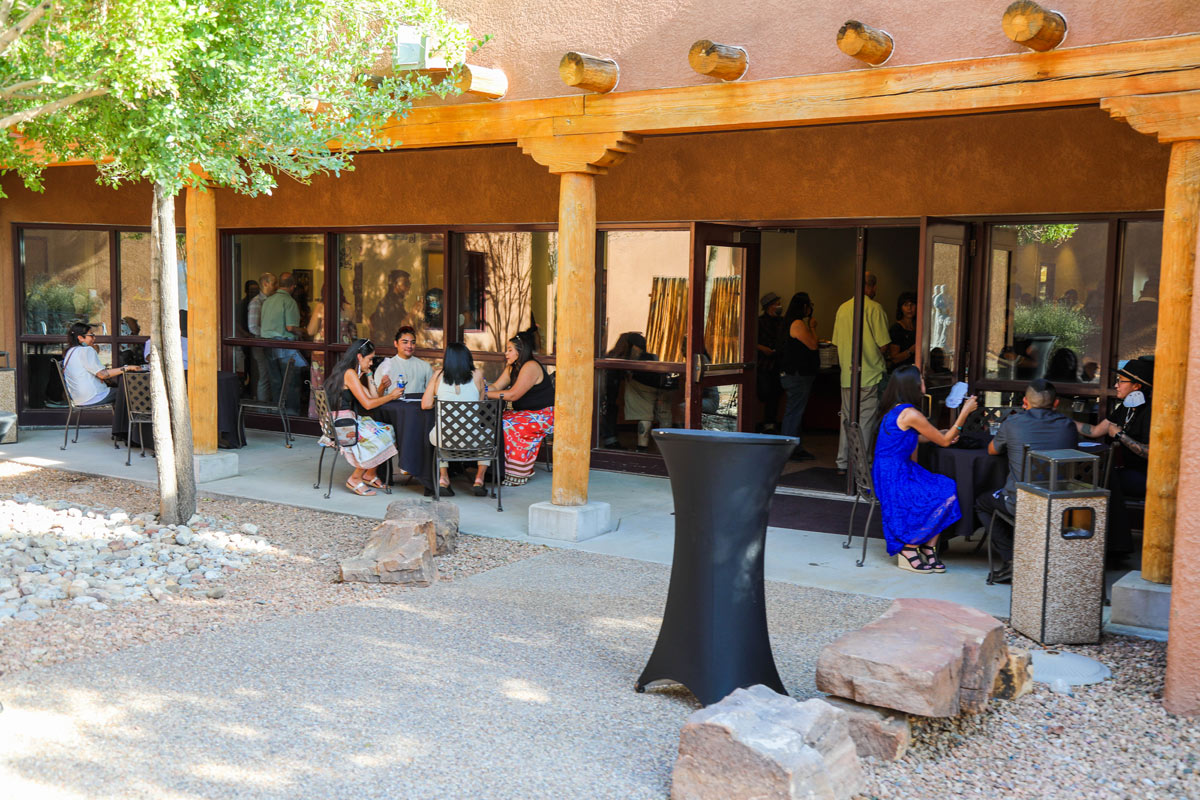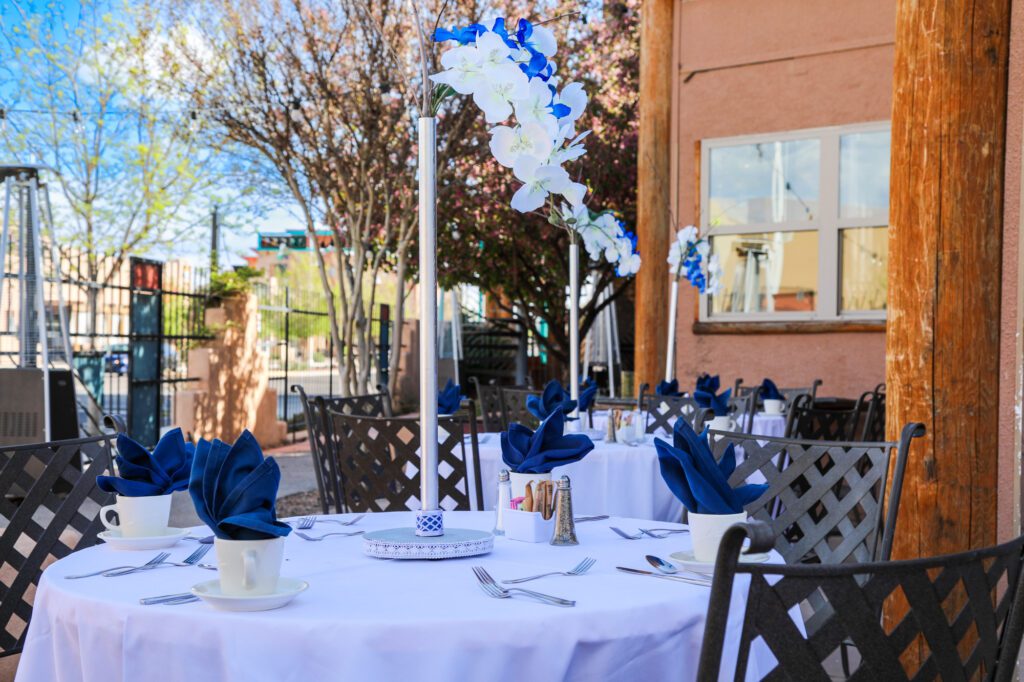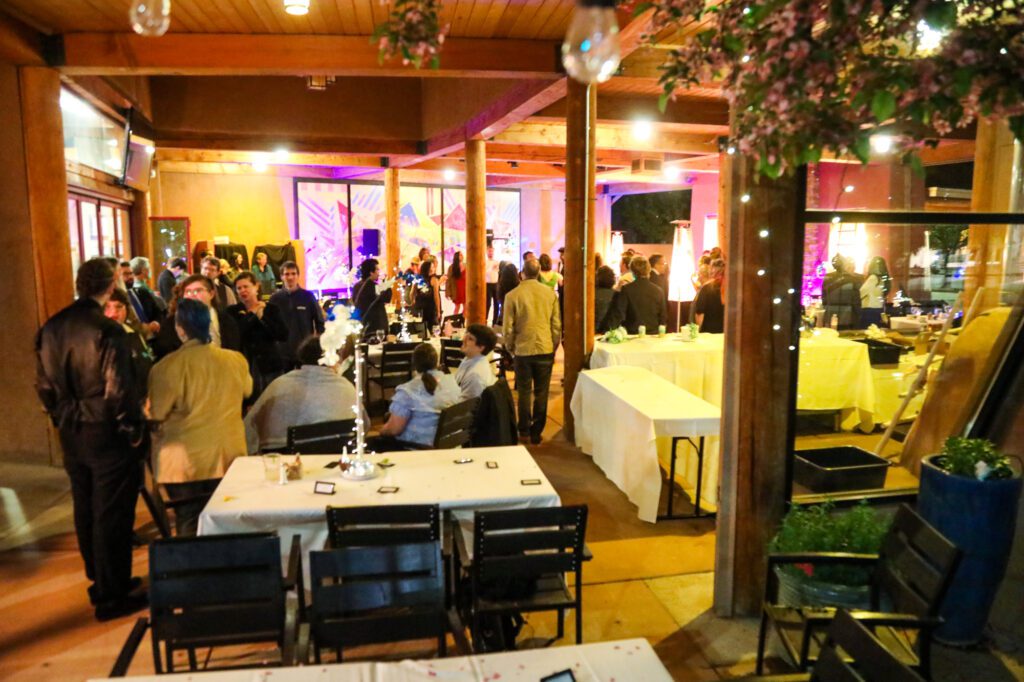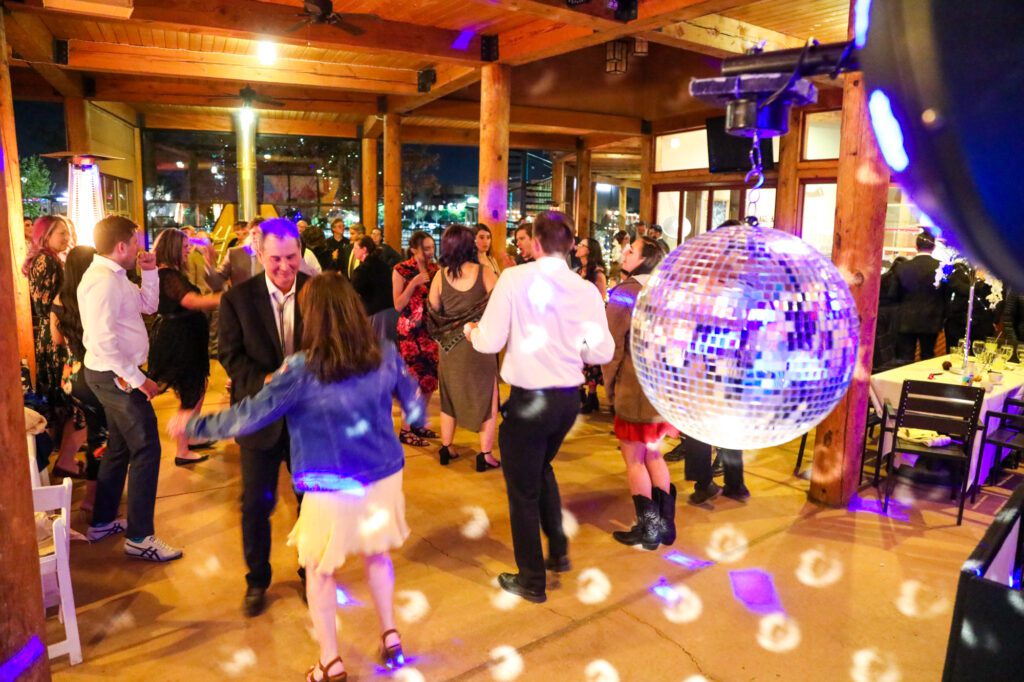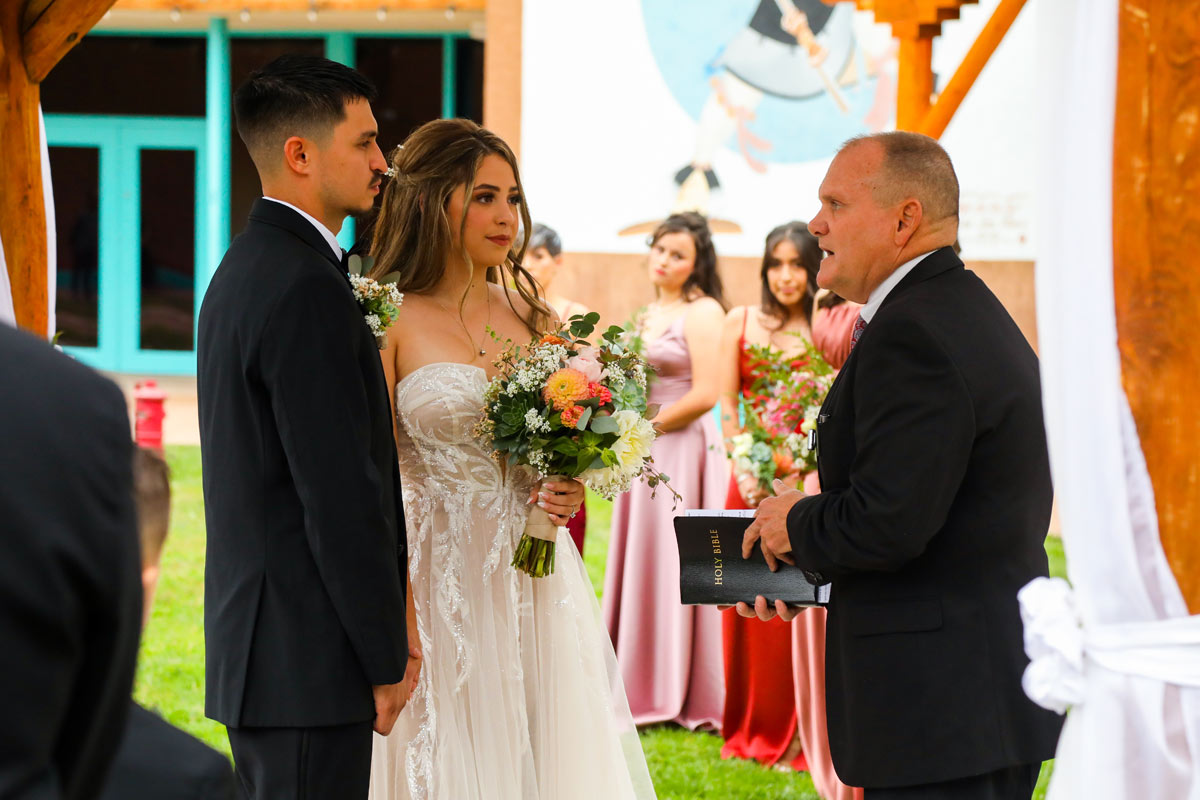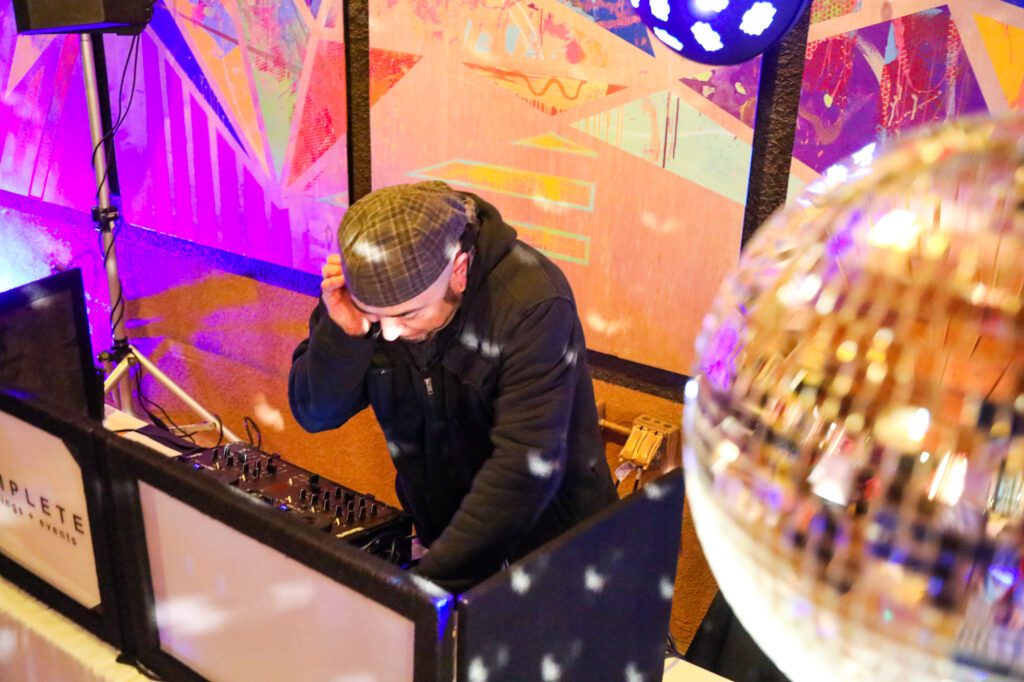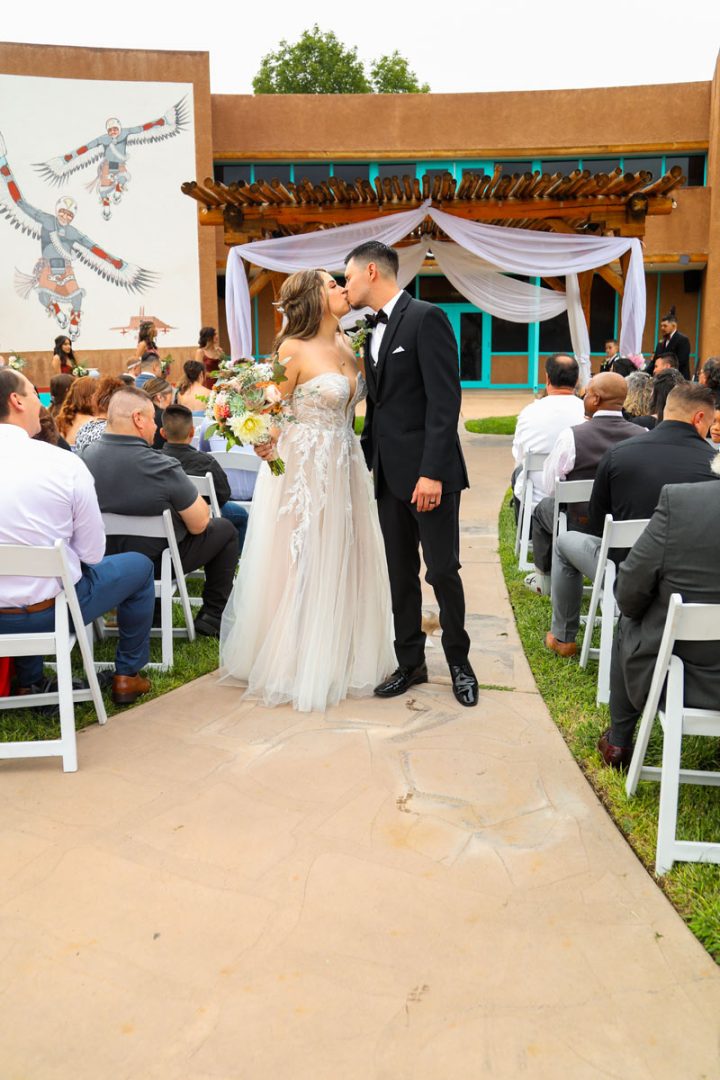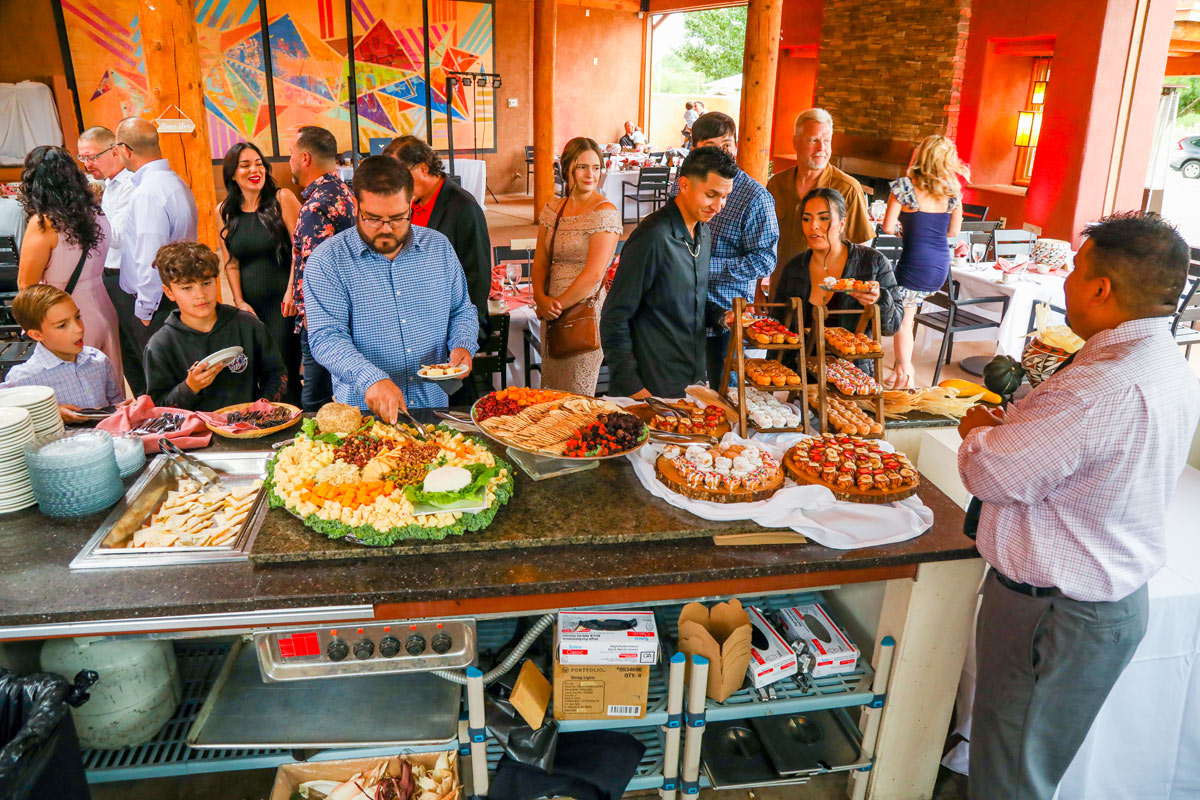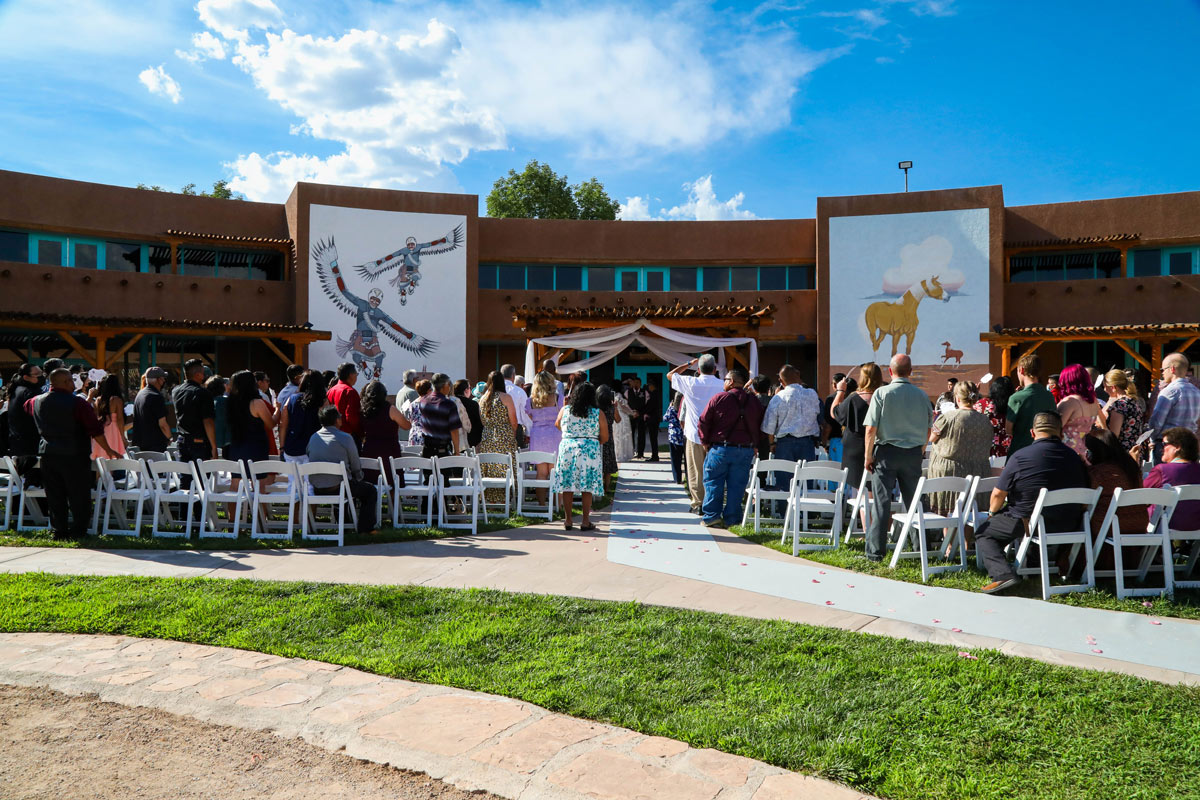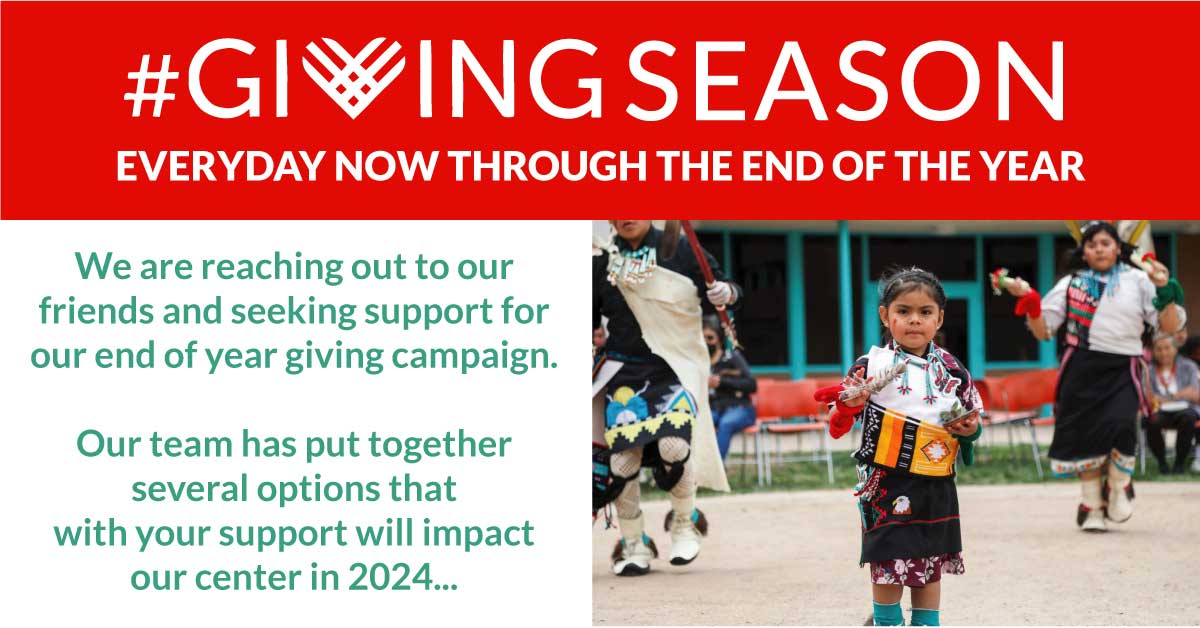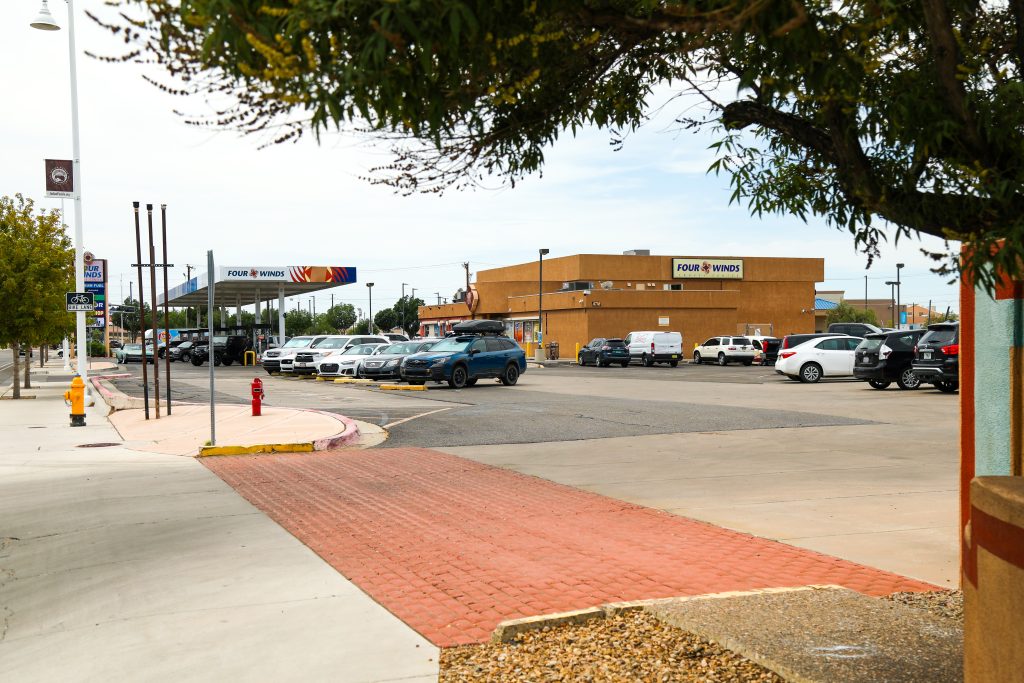Children’s Book Week
This blog aspires to connect readers to Indigenous* resources, information, and fun stuff at the Indian Pueblo Cultural Center (IPCC) and online. Each month, new content will be shared on various themes.
May 5, 2021
This month, the IPCC chose to celebrate Pueblo core values of “family and respect.” Women are the core of families as life givers and caregivers. Whatever the structure of her family, she often takes on the roles of administrator, manager, director, and leader. In matrilineal societies, as many Indigenous peoples are, ownership of the home, land, and fields are passed from mother to daughter. In matriarchal societies, women govern or control a society’s political, social, and economic structure. The aim, states Heidi Gottner-Abendroth, is not to have power over others and over nature, but to follow maternal values, i.e., to nurture the natural, social, and cultural life based on mutual respect. (Stylecraze)
This month’s post focuses on Native children’s book resources, Missing and Murdered Indigenous Women and Girls, and features Ricardo Caté for National Cartoonists Day.
Monthly Feature: Children’s Book Week
May 3-9: Children’s Book Week
This year, the theme is “Reading is a Superpower.” Children’s Book Week was established in 1919 to celebrate books for young people and the joy of reading. Find fun activities like Drawing Characters, Ideas, and Activities. More fun activities can be found at Woo Jr. Find book-themed activities, lessons, and projects at Education World.
The February blog featured Native American children’s authors, book award winners and illustrators. Here are two Native American owned websites to find Native authored children’s books:
Birchbark Books: A focus for Indigirati – literate Indigenous people who have survived over half a millennium on this continent. A selection of Children’s books.

Red Planet Books & Comics – Founded by Dr. Lee Francis (Laguna Pueblo), this is the only Native comic shop in the world. It is also the headquarters for the Indigenous Comic Con and Wordcraft Circle of Native Writers and Storytellers. Link to Children’s books.
Please support Native owned bookstores and authors.
Missing and Murdered Indigenous Women (MMIW)
May 5th: National Day of Awareness for Missing and Murdered Native Women and Girls #MMIWG #NoMoreStolenSisters #NotInvisible

New Mexico MMIWR Task Force Report

MMIWG Report This report contains strong language about violence against Native women and may be triggering.
MMIWG resources at the University of New Mexico LibGuides
PBS News Hour – Brief but Spectacular: Amber Kanazbah Crotty, Navajo Nation Council Delegate, “How this survivor is fighting sexual assault in Navajo Nation”

Red is the official color of the #MMIW campaign. In various tribes, red is known to be the only color that spirits see. By wearing red, we hope to call back the missing spirits of our women and children so they can be laid to rest.
Photo of the REDress Project installation at the University of Winnipeg by Métis artist Jaime Black to bring attention to the gendered and racialized nature of violent crimes against Native women and to evoke a presence through the marking of absence. (Smithsonian)

U.S. Secretary of the Interior Deb Haaland (Laguna Pueblo) has made MMIW a priority by establishing a Missing and Murdered Unit within the Bureau of Indian Affairs Office of Justice Services (BIA-OJS) to provide leadership and direction for cross-departmental and interagency work. The MMU builds upon the work of a 2019 Operation Lady Justice task force created to undertake unresolved cases. The MMU will work with Tribal investigators, the Bureau of Indian Affairs, and the FBI to prevent “cases from becoming cold case investigations.” (ABC News)
In July of 2019, Haaland introduced the Justice for Native Survivors of Sexual Violence Act (H.R.3977), which restores inherent tribal criminal jurisdiction to prosecute domestic violence-related crimes committed by non-Natives within Indian Country.
“There has to be a way for all of us to do this better and look out for each other. It can’t be White women saying, ‘Well, we don’t want to do it.’ It can’t be Black women saying, ‘Well, no one is looking for us.’ It has to be ALL women saying, ‘Dammit, none of us should be going missing at all!!’ NONE of us. Should be missing. At all!” ~ Whoopi Goldberg
Teaching Resources

Preservation Week, April 25-May 1, 2021: The theme this year was “Preserving Community Archives.” Through a grant from the New Mexico Indian Affairs Department and with the Willard Marriot Library at the University of Utah, the IPCC Library and Archives offered a series of seven “Virtual Workshops for New Mexico Tribal Communities: Preserving Cultural Property and Unique Oral Histories.” Randy Silverman, Head of Preservation at the Marriot Library, and Eileen Hallet Stone, public historian and published author, instructed on various preservation topics. Link to recorded workshops: https://newsletter.lib.utah.edu/preserving-the-culture-of-the-pueblo-people-of-new-mexico/
Fun Stuff: Ricardo Caté
May 5th: National Cartoonists Day

Ricardo Caté, Kewa (Santo Domingo) Pueblo.
Artist, activist, cartoonist, filmmaker, standup comedian, teacher, veteran (Marine Corps)
Ricardo started drawing cartoons in 7th grade. From a Native perspective, Ricardo tries to educate readers about Native people and important events in Native American history to get conversations started about the issues and about Native representation and voice.

In his drawings of Standing Rock, “Sometimes, they are not so funny, it forces people to think about what’s going on.” (Santa Fe New Mexican) “His commentaries are funny, biting and thought-provoking.” (Forbes)
An interview by the IPCC about Ricardo’s experience at the Standing Rock protest.

#StoodisNM Coloring Book created in partnership with the state of New Mexico to help to educate tribal communities about COVID-19. Previously, he also partnered with the State to inform about the opioid crisis in Native communities.

Without Reservations: The Cartoons of Ricardo Caté
This book is a collection of Caté’s work. One inspiration is Don Martin, Mad magazine cartoonist, and is why he draws characters with a large nose.
Caté is the only Native American cartoonist carried in a daily mainstream newspaper: the Santa Fe New Mexican and the Taos News. His cartoons feature The Chief and The General who represent the cultures they come from. He likes having the two cultures clash. It’s his way of seeing the world and showing how both sides fail to understand the other side. This book represents the history book he would write.
In trying to get his cartoons distributed through United Feature and King Features Syndicate, the response letter said, paraphrasing, “We’re sorry, but we cannot accept these cartoons. I don’t think the country is ready for this.” Caté’s response? “I think the country has being waiting 518 years for this cartoon.” (C-Span2)
A collection of his prints and t-shirts can be found here: https://www.indianpueblostore.com/collections/ricardo-cate
References
Alfonseca, K. (2021, April 3) As Deb Haaland creates unit to investigate missing and murdered Native Americans, a look at why it’s necessary. ABC News. https://abcnews.go.com/US/deb-haaland-creates-unit-investigate-missing-murdered-native/story?id=76833224
BookTV.org (2013, January 9) Without Reservations: The Cartoons of Ricardo Cate. [Interview] C-Span. https://www.c-span.org/video/?310677-1/without-reservations-cartoons-ricardo-cate
Interior Press. (2021, April 1) Secretary Haaland creates new Missing & Murdered Unit to pursue justice for missing or murdered American Indians and Alaska Natives. https://www.doi.gov/news/secretary-haaland-creates-new-missing-murdered-unit-pursue-justice-missing-or-murdered-american
Mark, L.A. (2018, August 18) Ricardo Cate offers political cartoons Without Reservations at the Indian Pueblo Cultural Center. Forbes. https://www.forbes.com/sites/loisaltermark/2018/04/18/ricardo-cate-offers-political-cartoons-without-reservations-at-the-indian-pueblo-cultural-center/?sh=4c3f697d47fa
Moss, Rebecca. (2016, November 23) ‘Without Reservations’ cartoonist describes day in life at Standing Rock. Santa Fe New Mexican. https://www.santafenewmexican.com/news/local_news/without-reservations-cartoonist-describes-day-in-life-at-standing-rock/article_3450103b-d1ab-5d34-bed4-ea091b04d45e.html
Saxena, E. (2019, April 17) All you need to know about matriarchy. Stylecraze. https://www.stylecraze.com/articles/all-about-matriarchy/
Smithsonian. (2019, February 22) National Museum of the American Indian presents “The REDress Project” to raise awareness for Missing and Murdered Indigenous Women.” https://www.si.edu/newsdesk/releases/national-museum-american-indian-presents-redress-project-raise-awareness-missing
*The term Indigenous is used broadly to include those labeled Native American, American Indian, Alaska Native, Hawaiian, First Nations, Aboriginal, and others such as the Sami (Finland) and Ainu (Japan). Native American and American Indian are used interchangeably in this blog.
About the Author
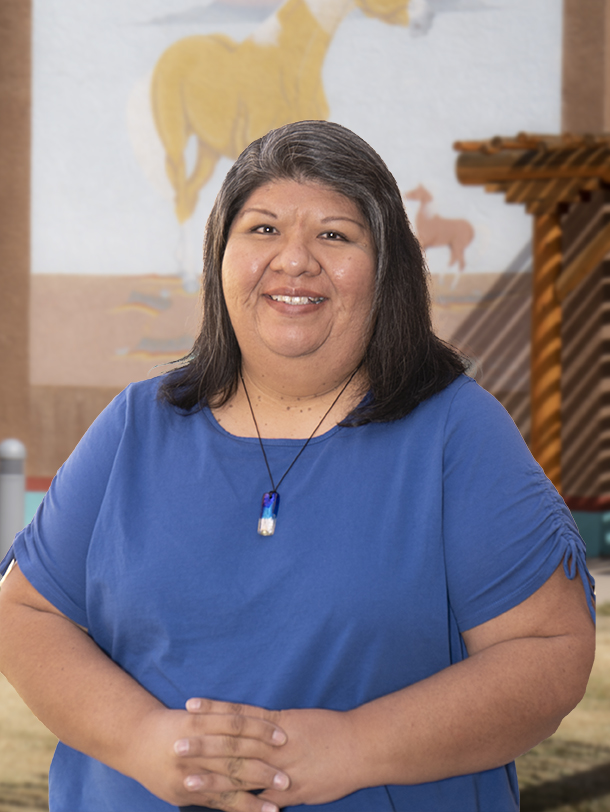
Jonna C. Paden, Librarian and Archivist, is a tribally enrolled member of Acoma Pueblo. As part of the Circle of Learning cohort, she holds a Masters in Library and Information Science from San José State University where she focused on the career pathway of Archives and Records Management. She is also the archivist for the New Mexico Library Association (NMLA) and previous (2020) and current Chair for the New Mexico Library Association (NMLA) Native American Libraries – Special Interest Group (NALSIG).


